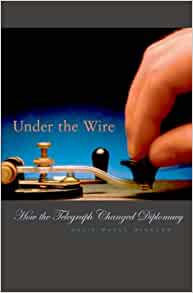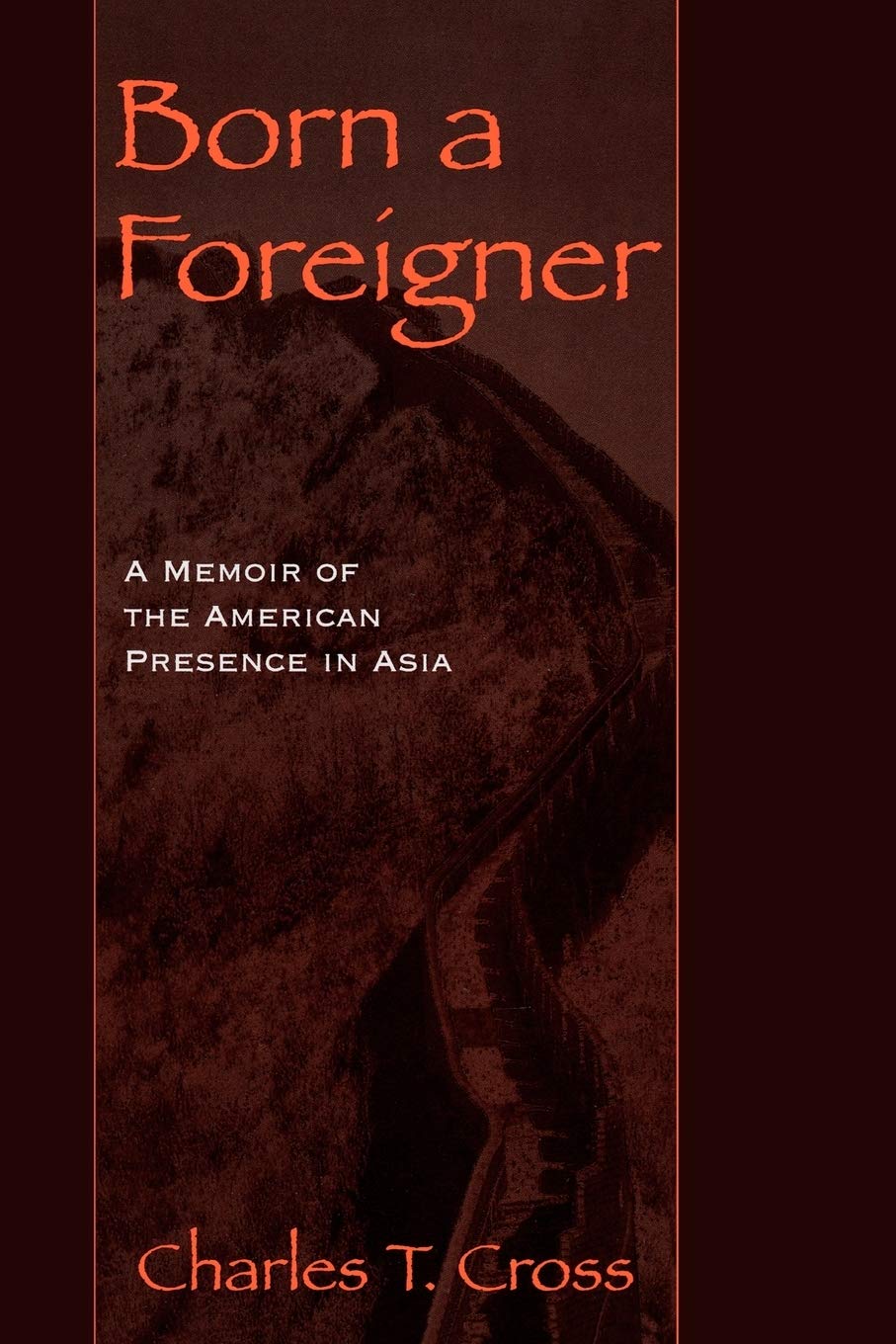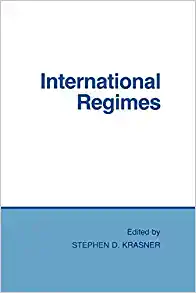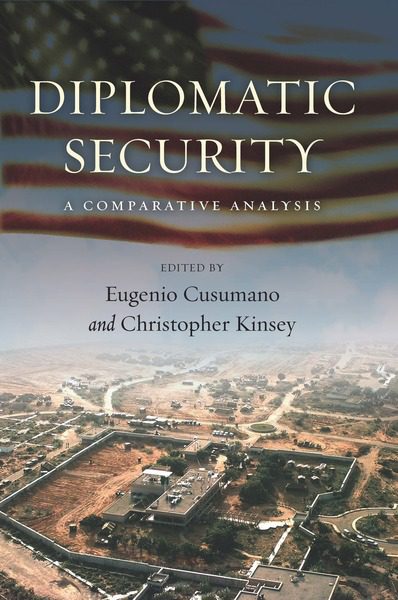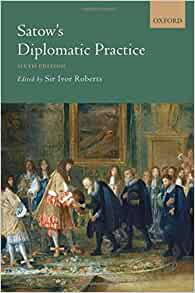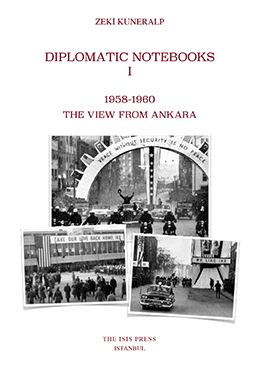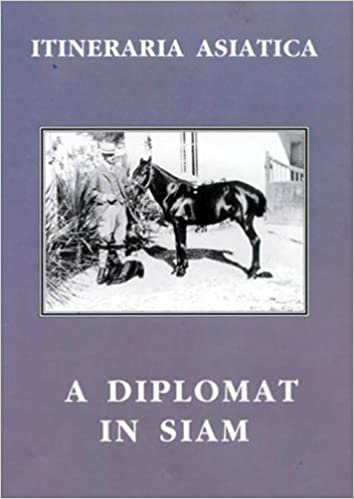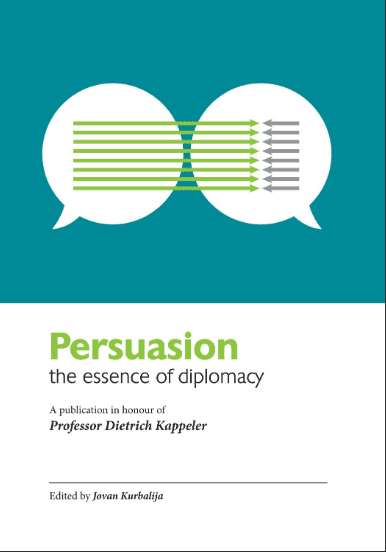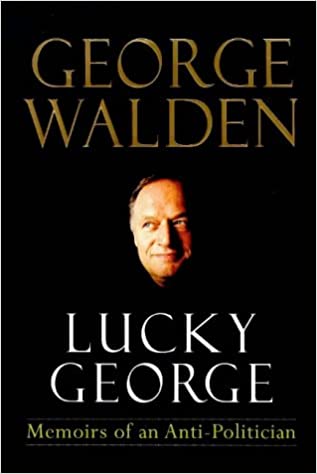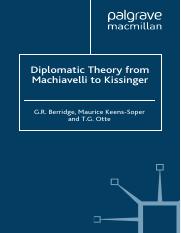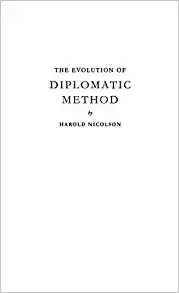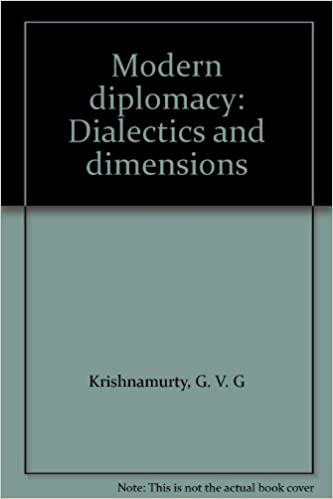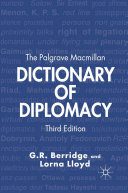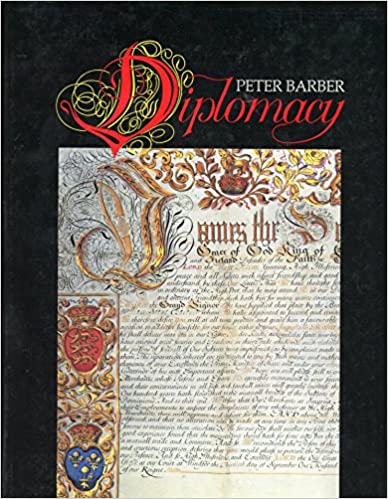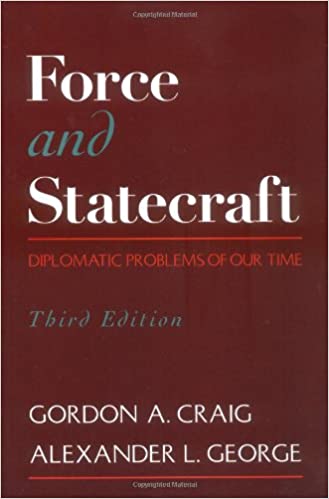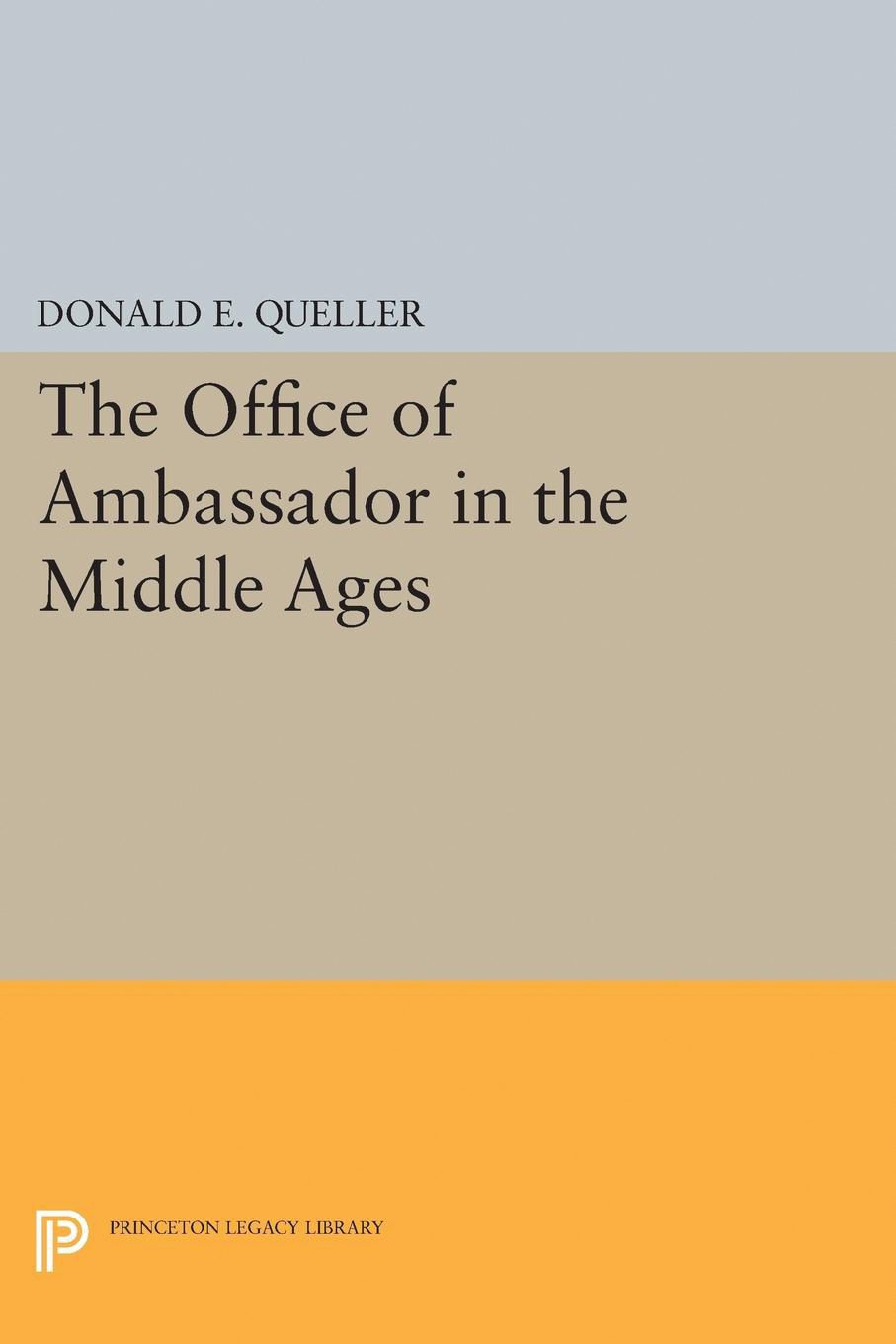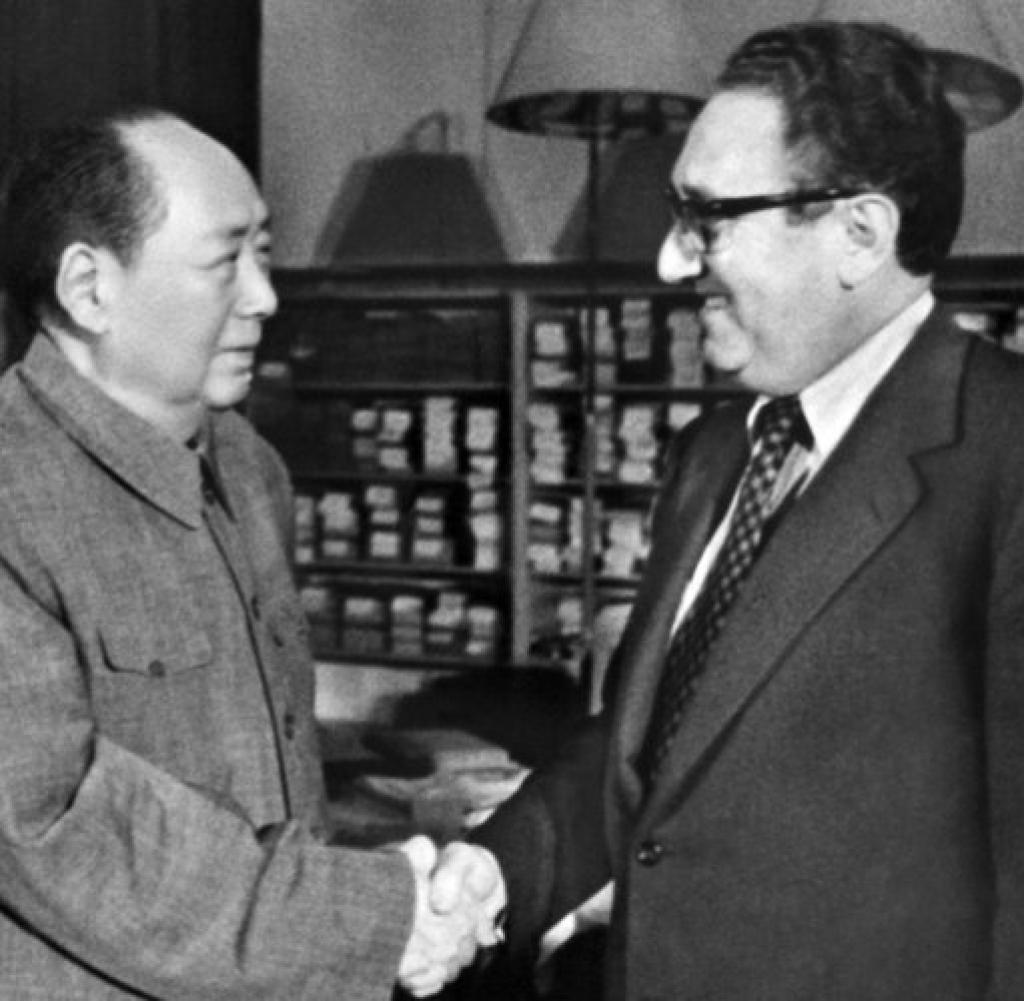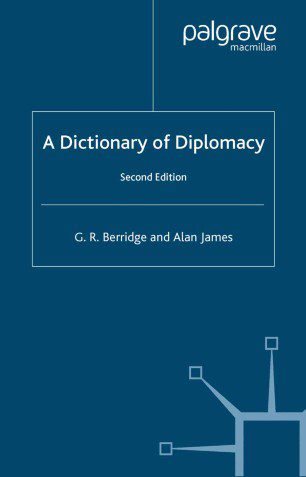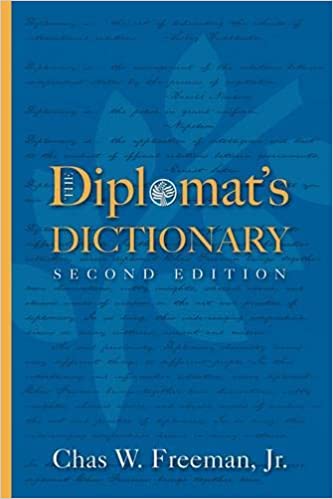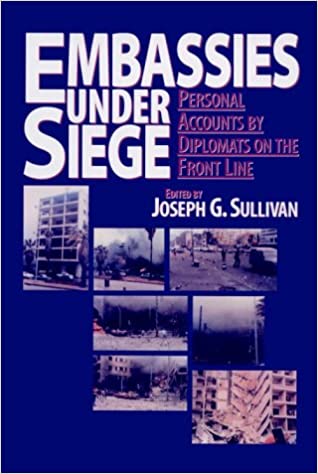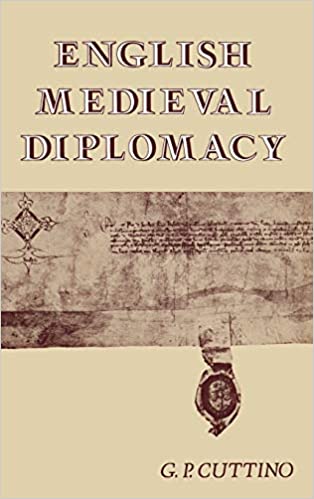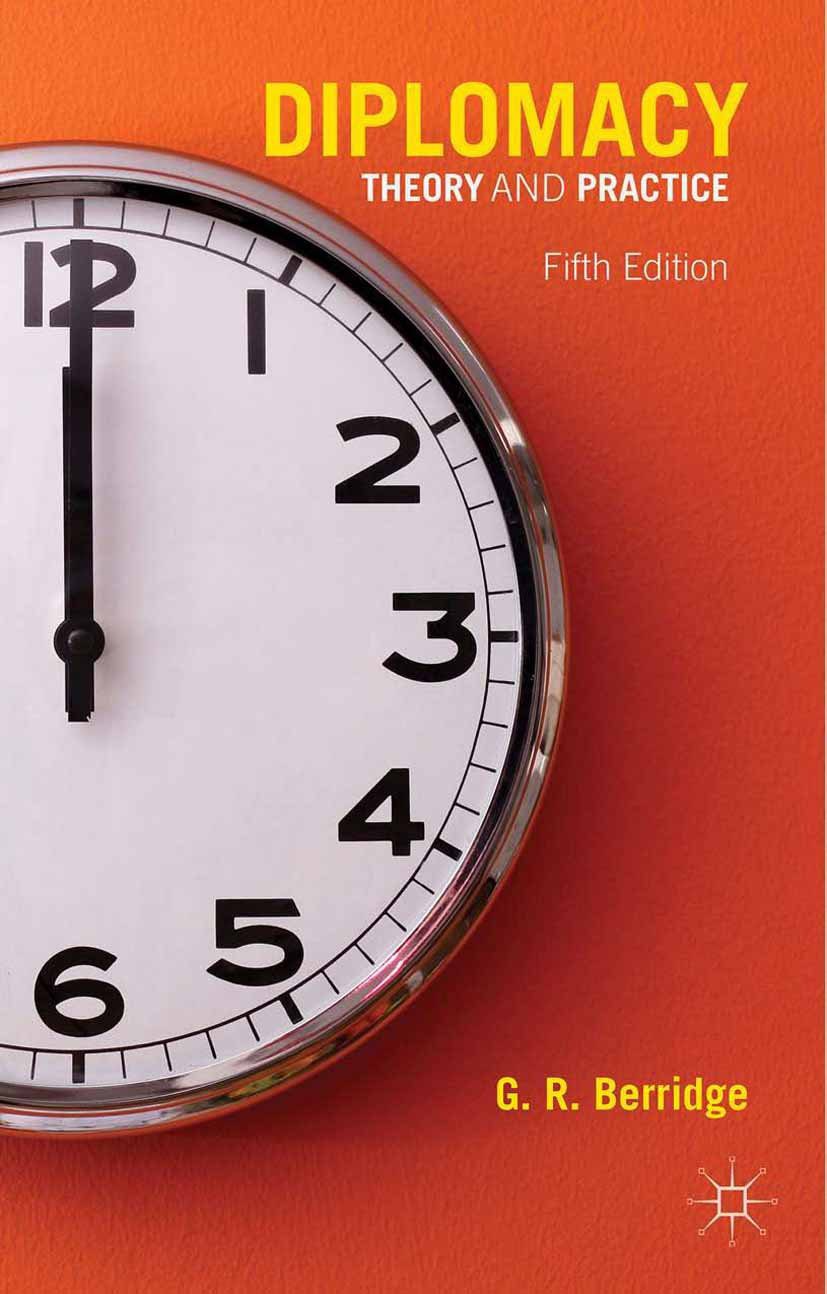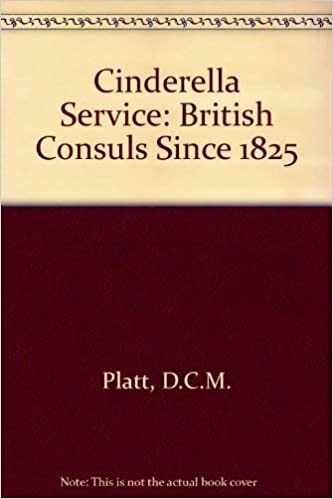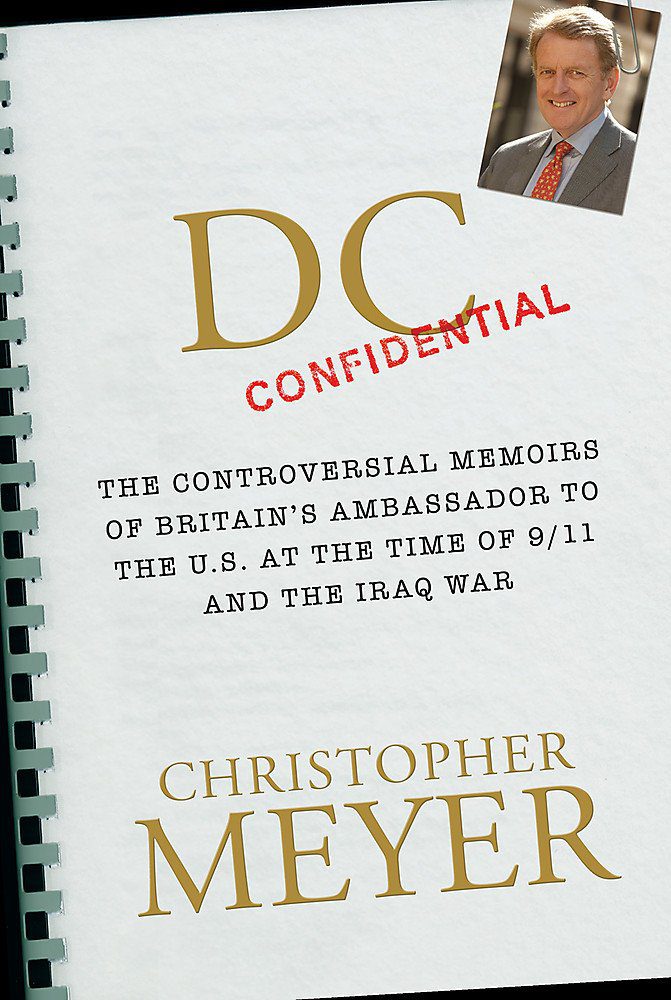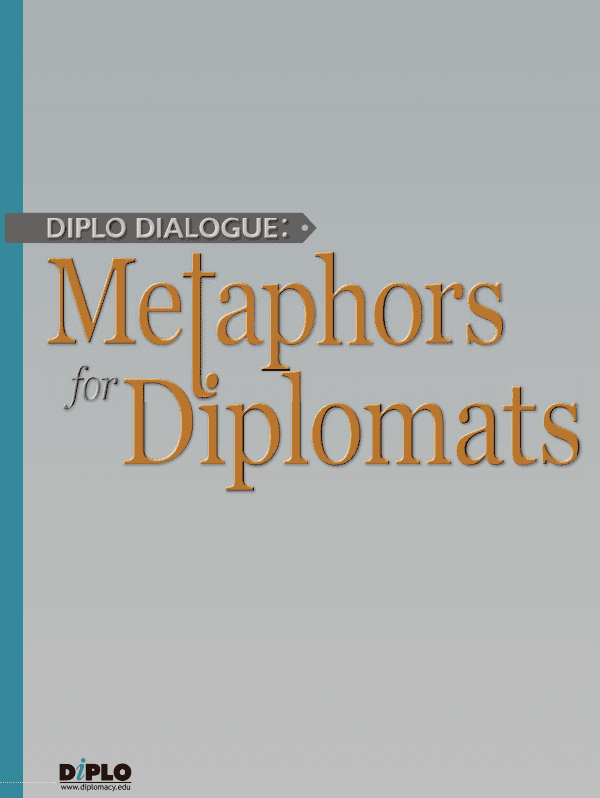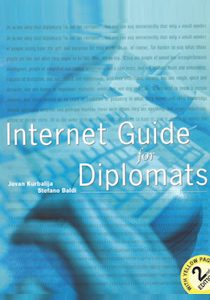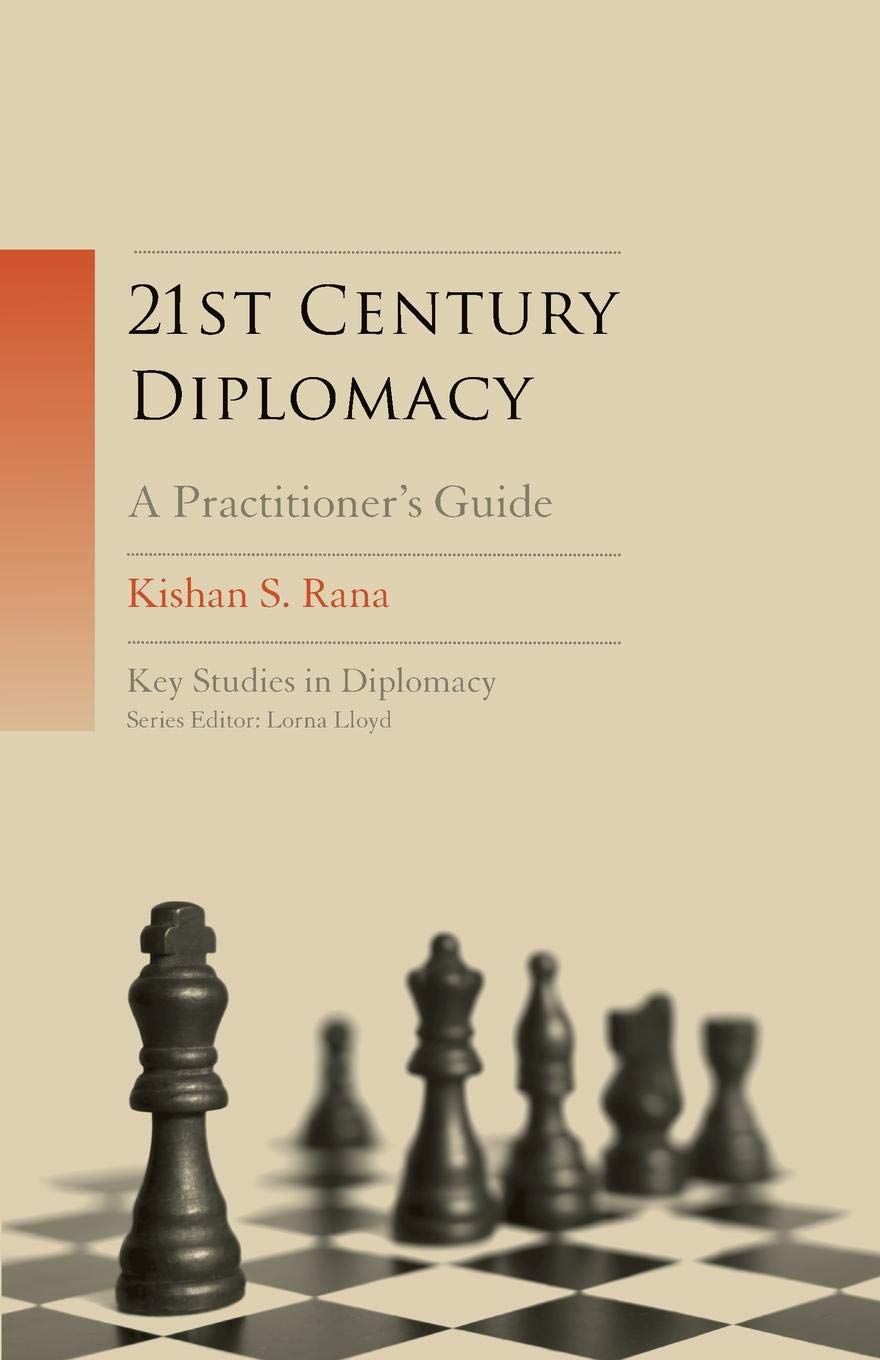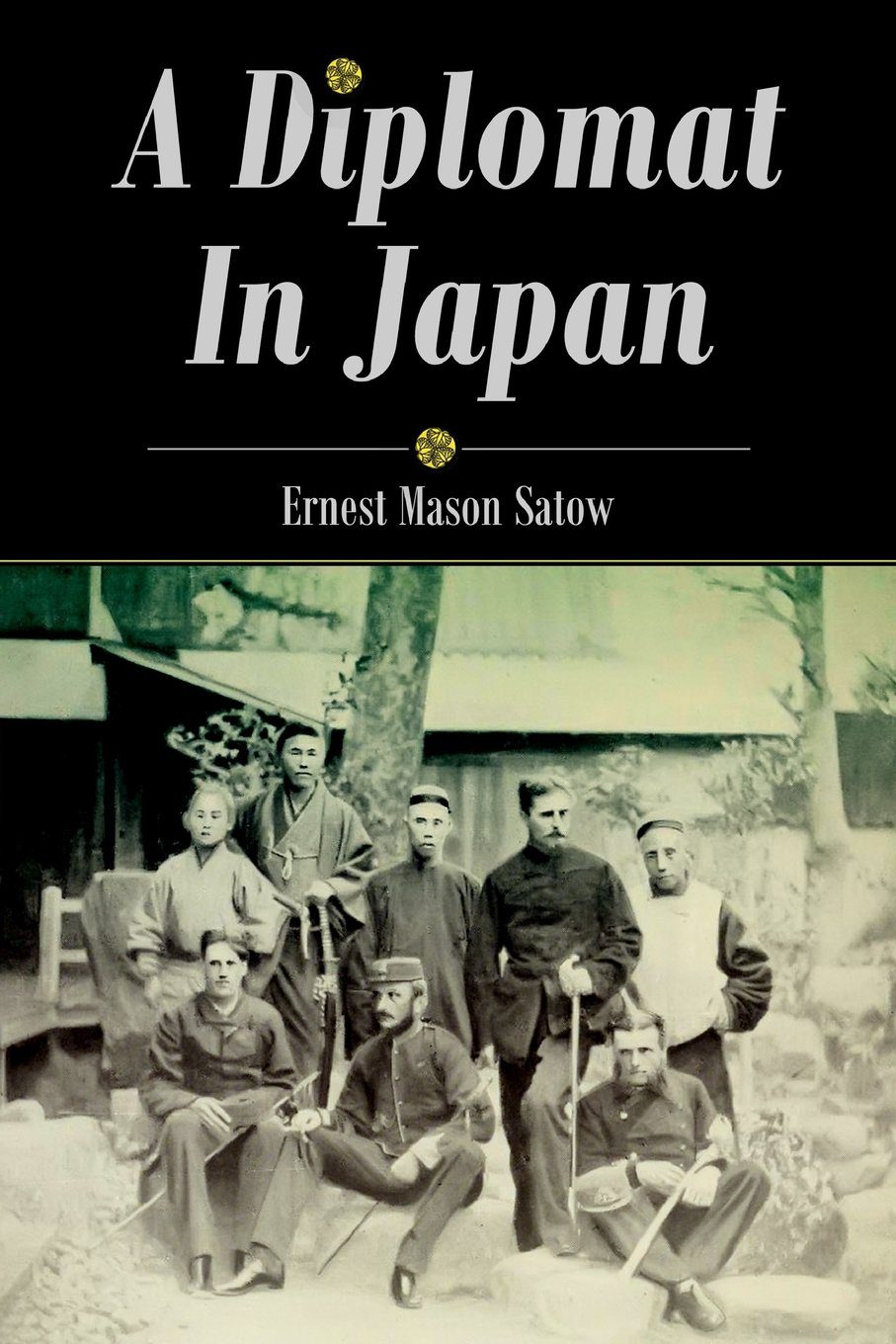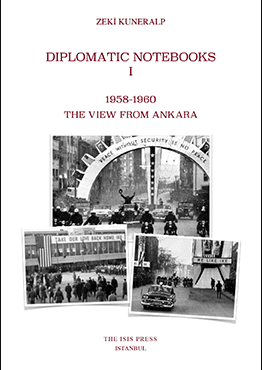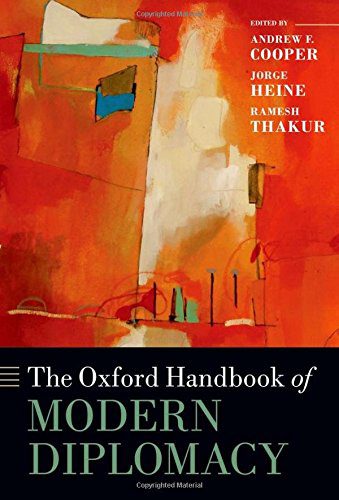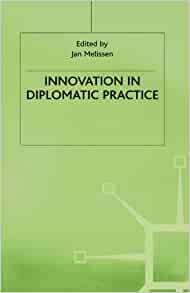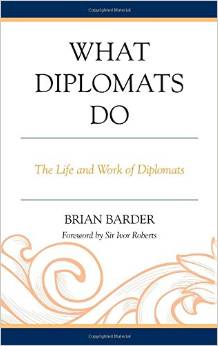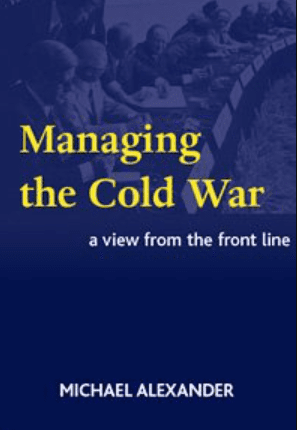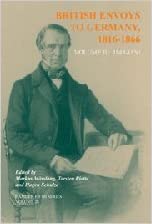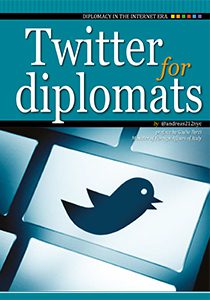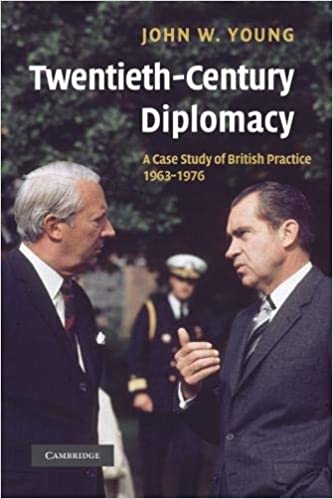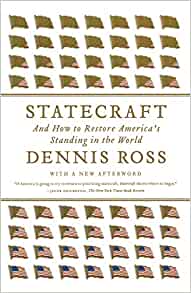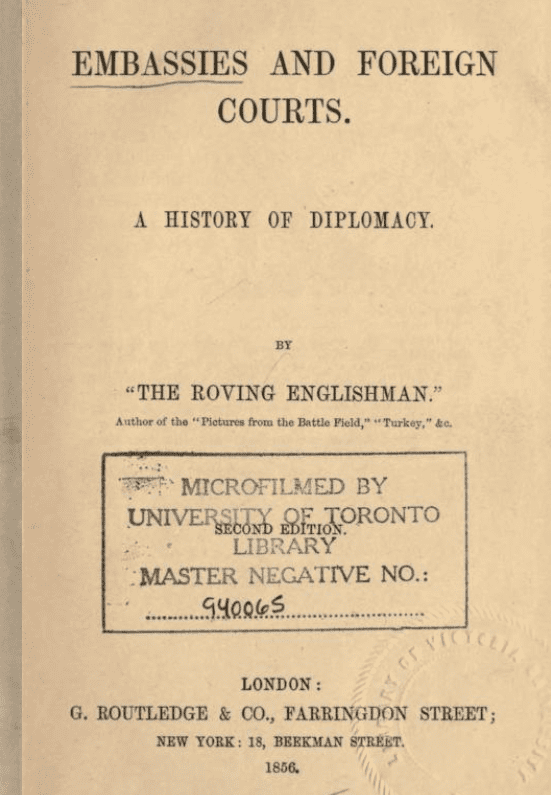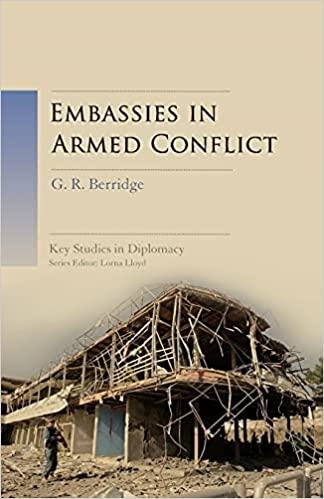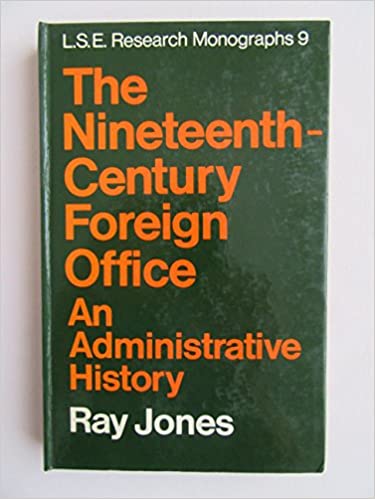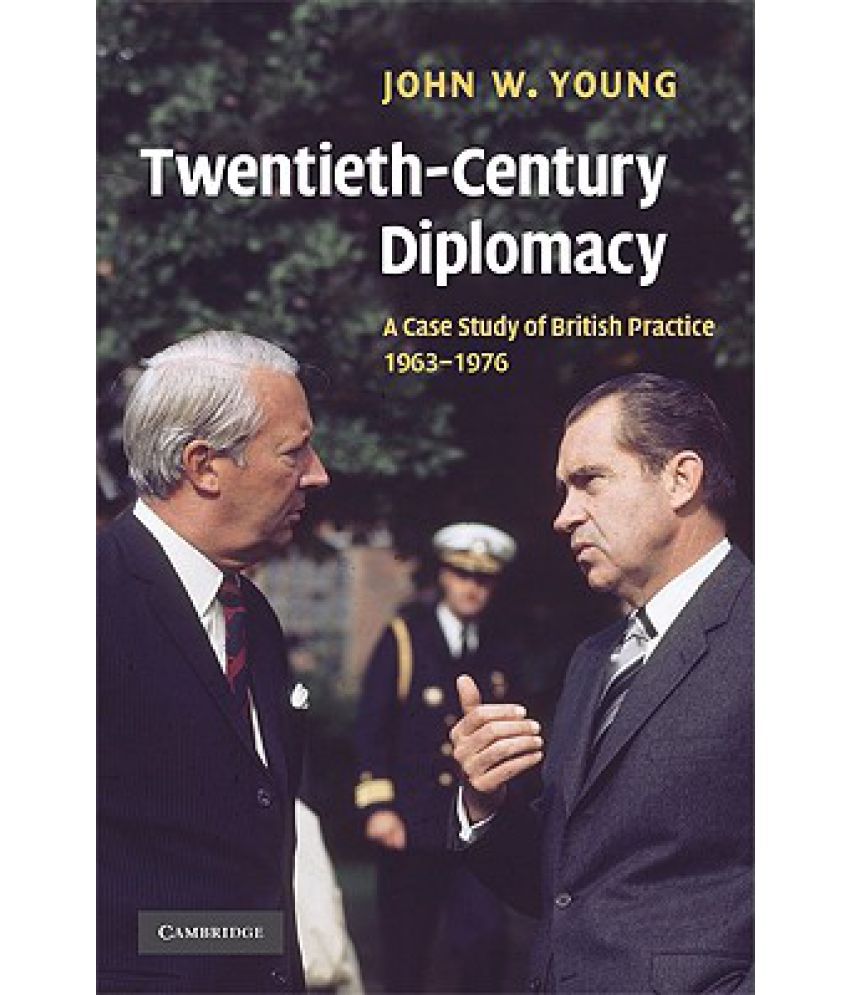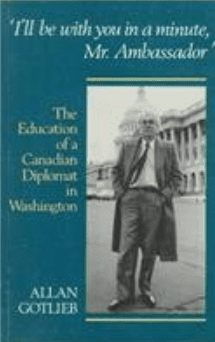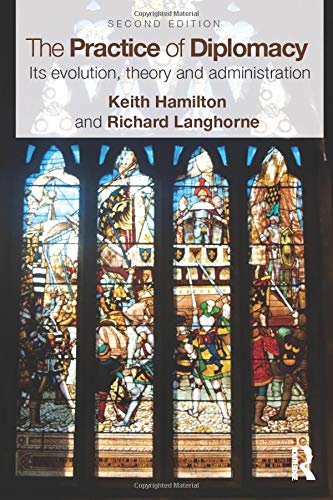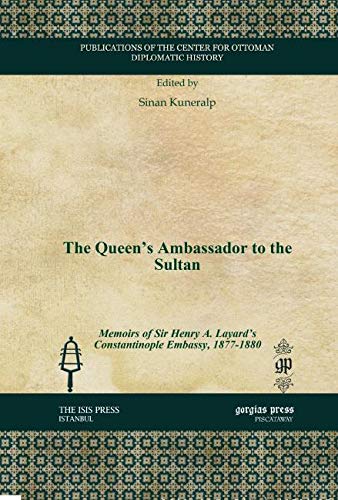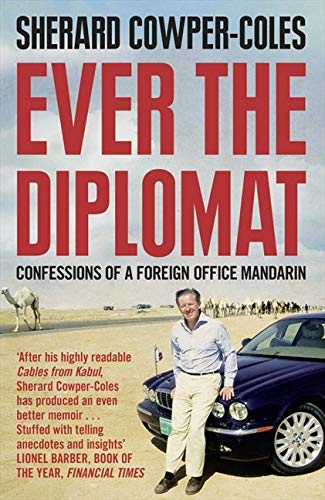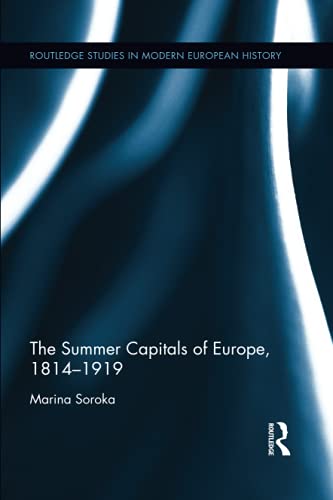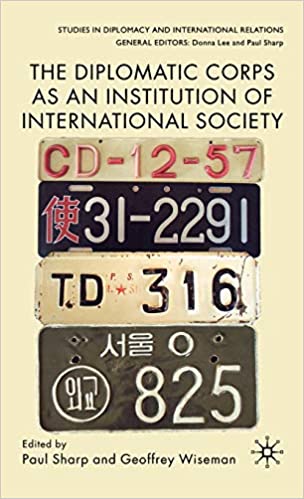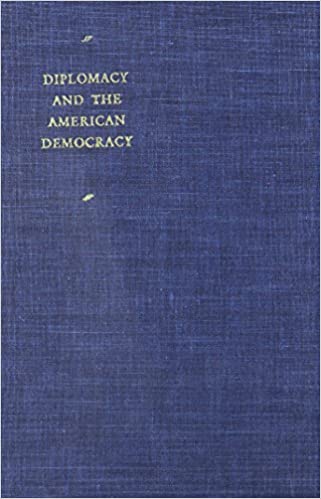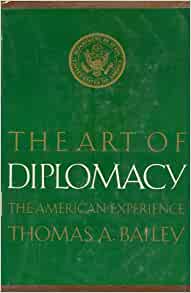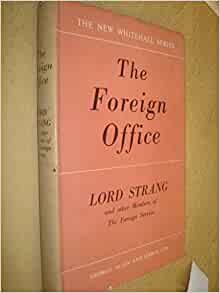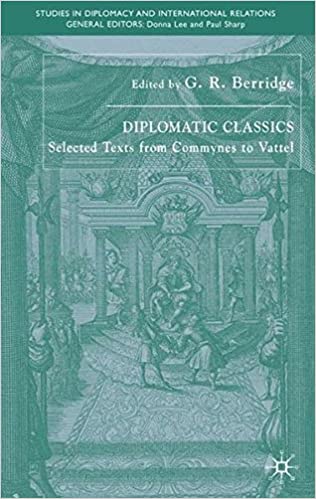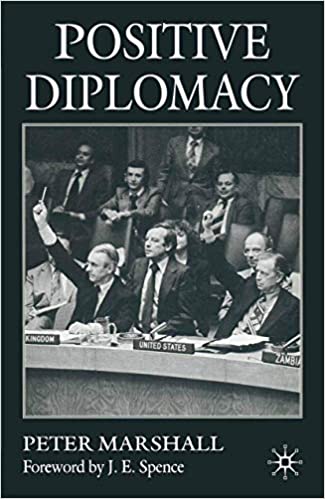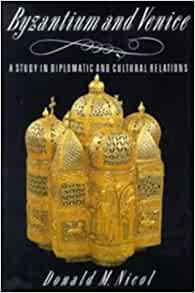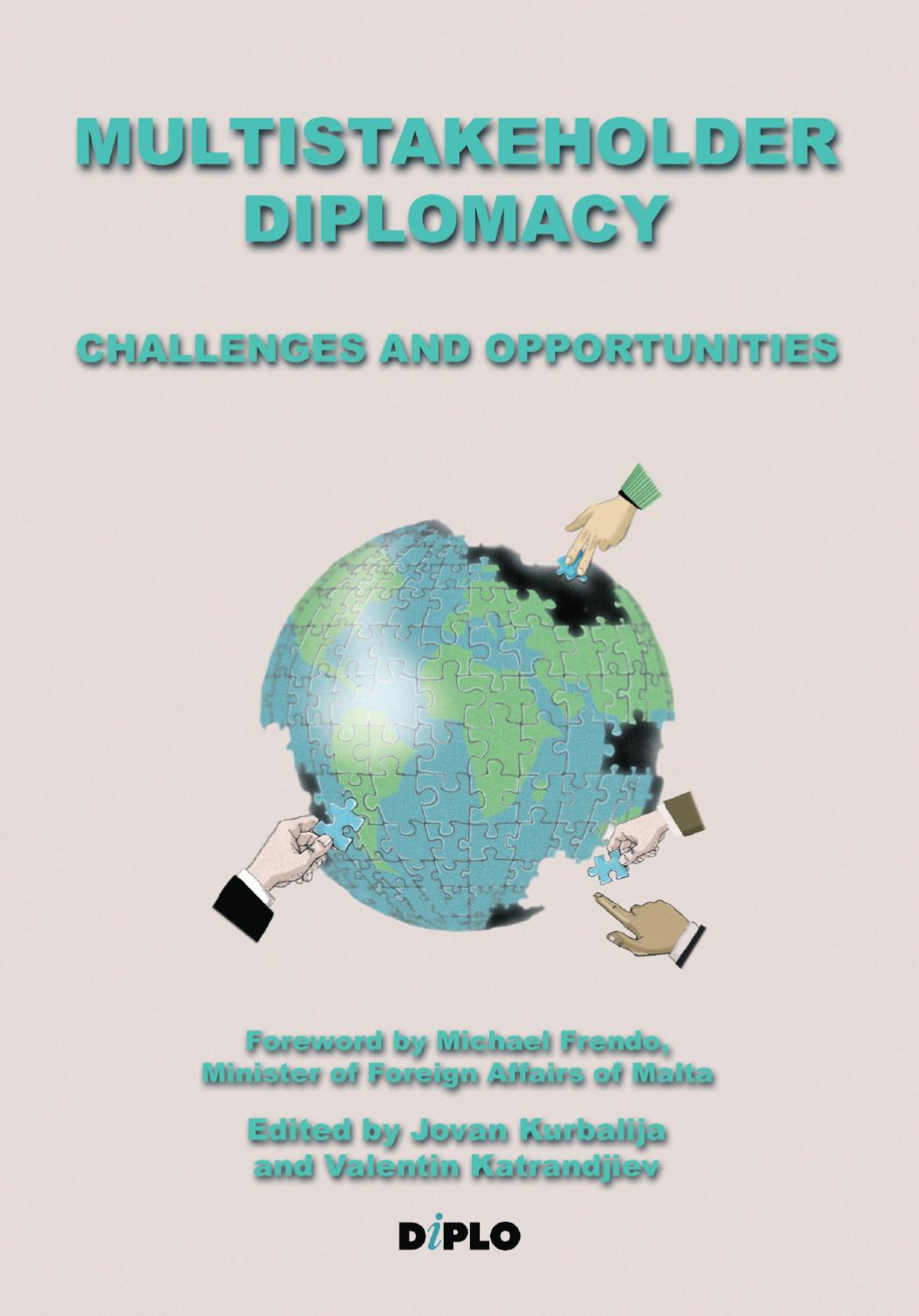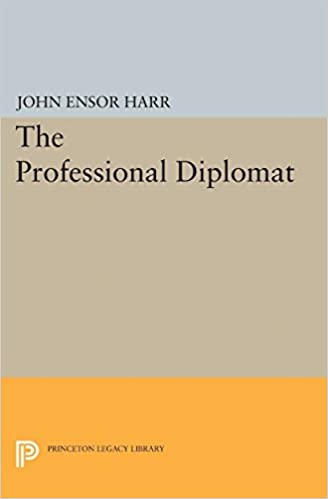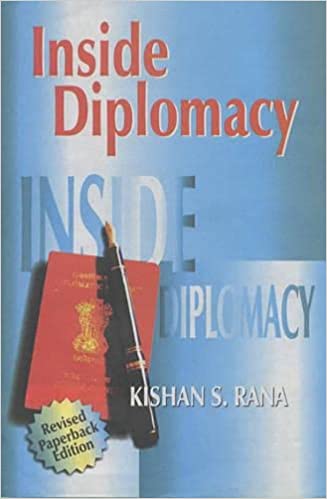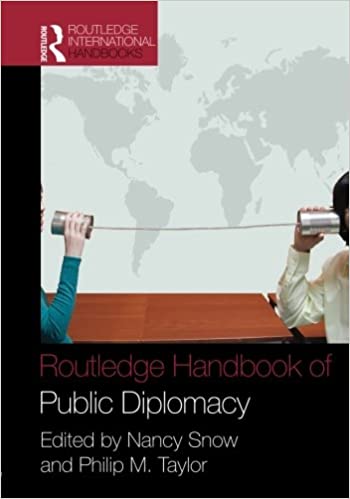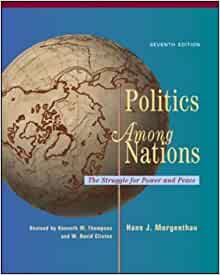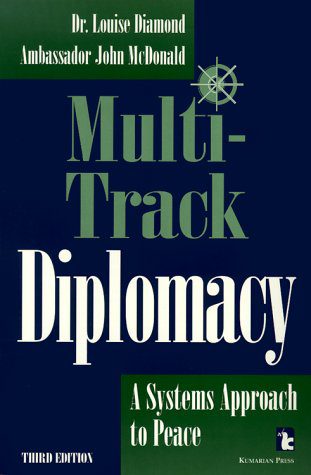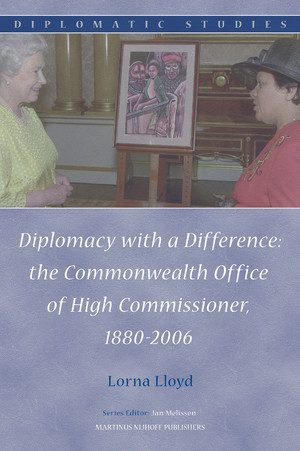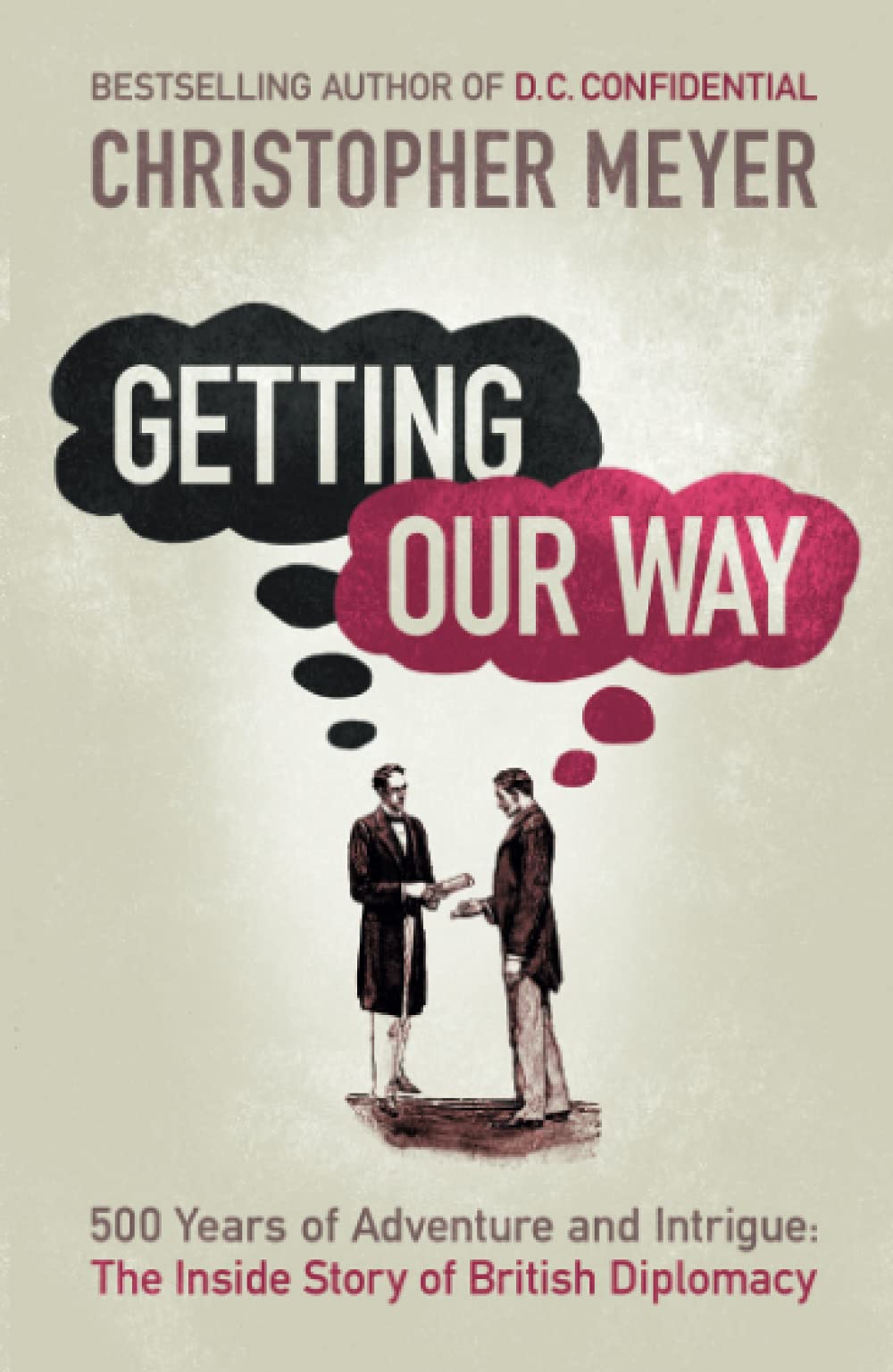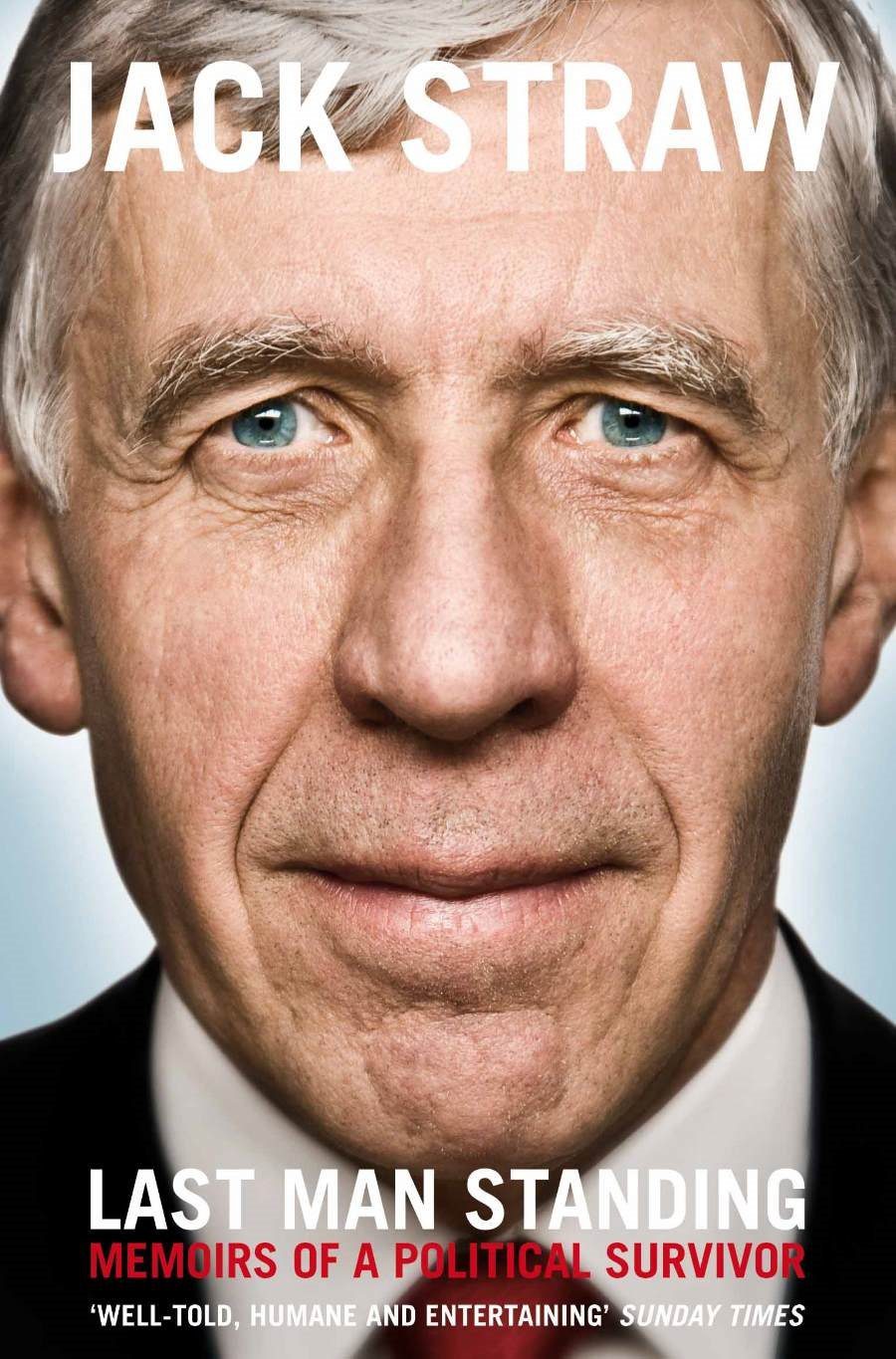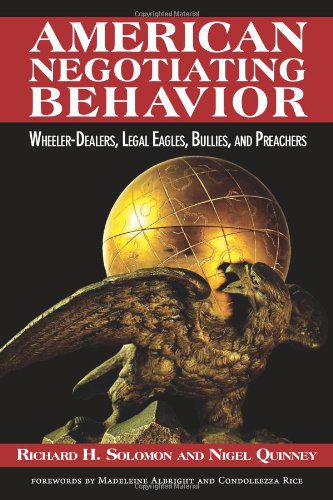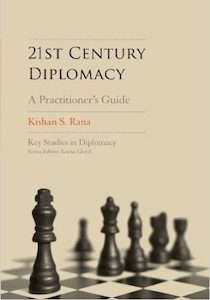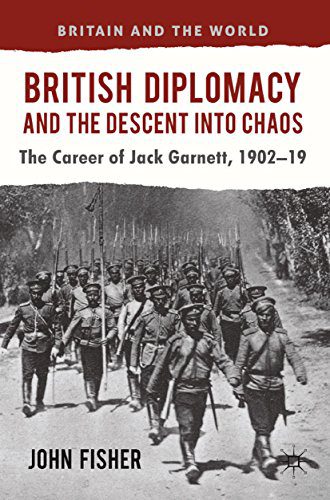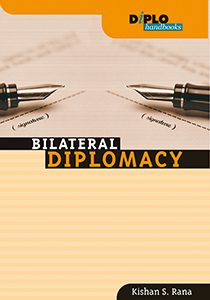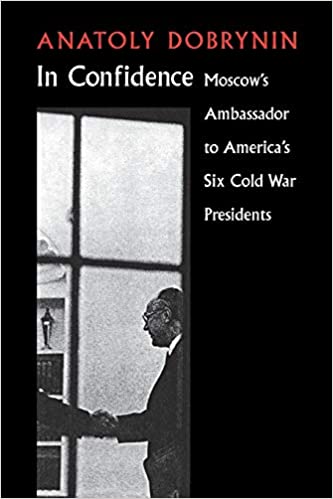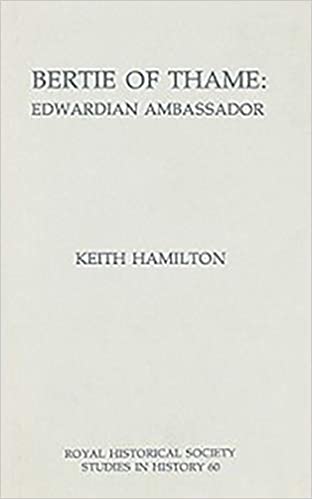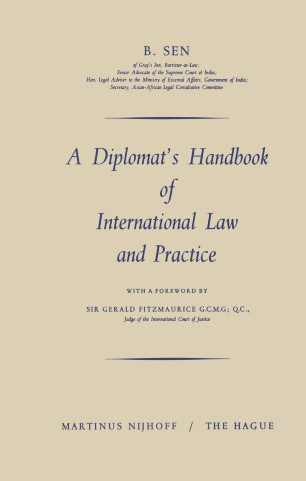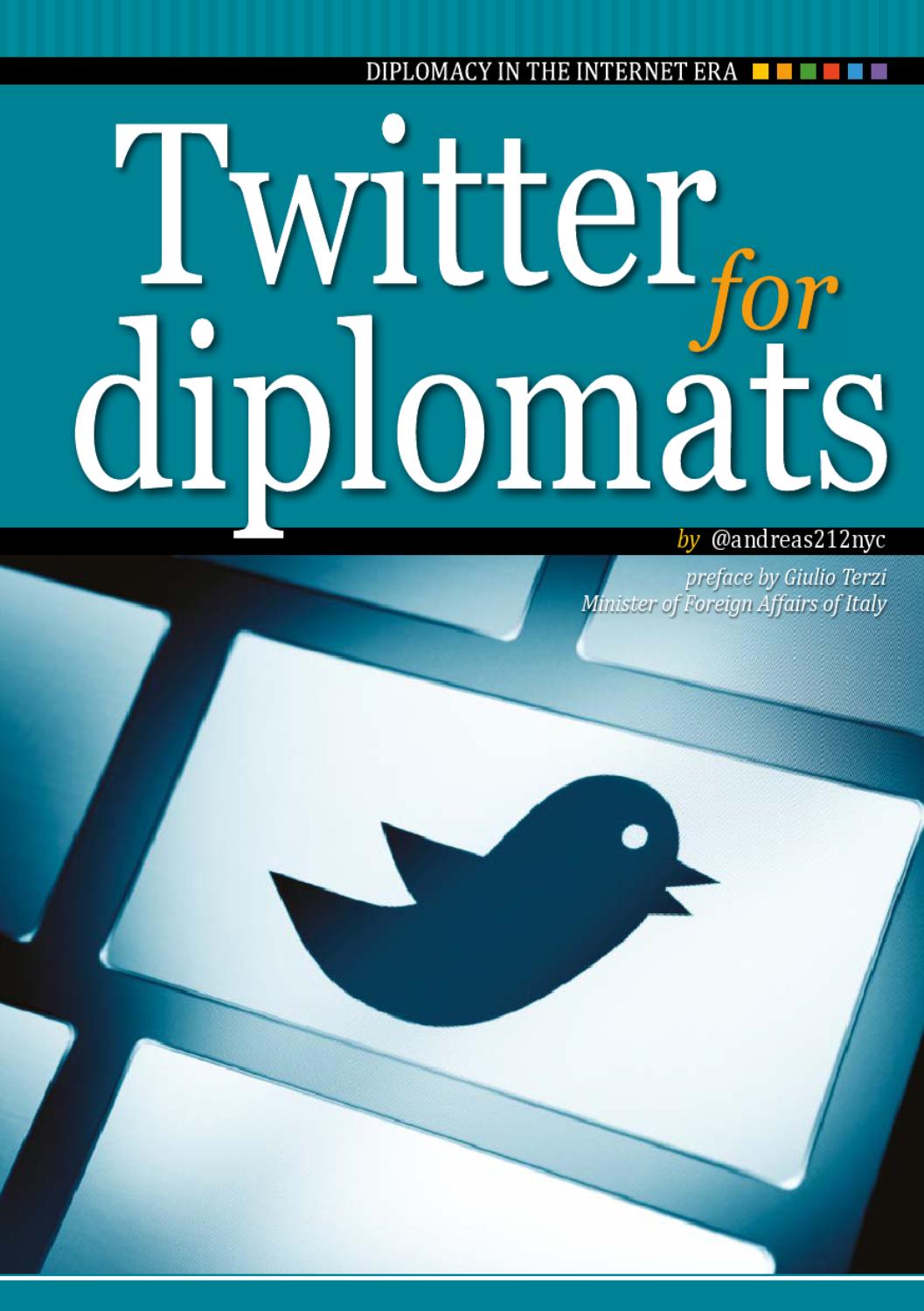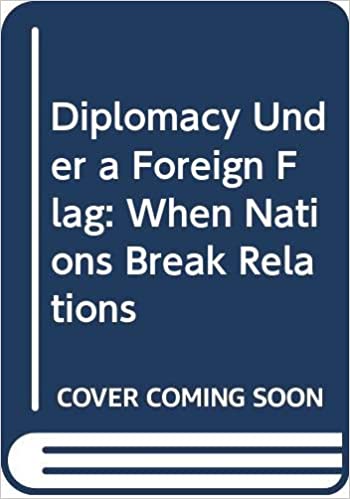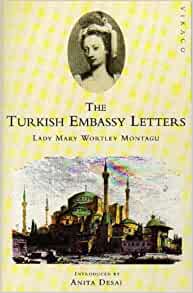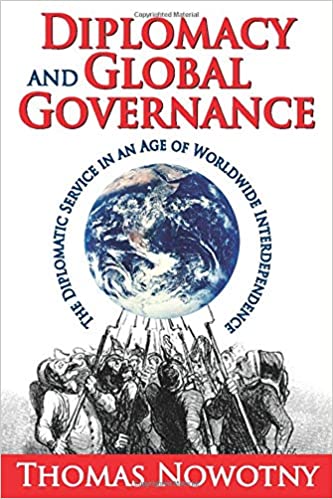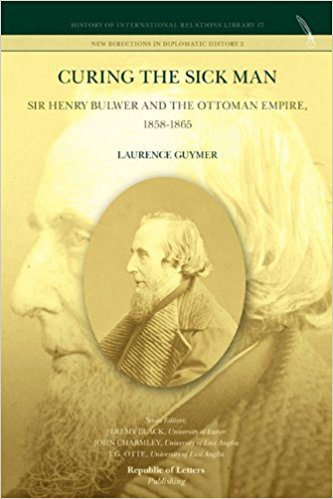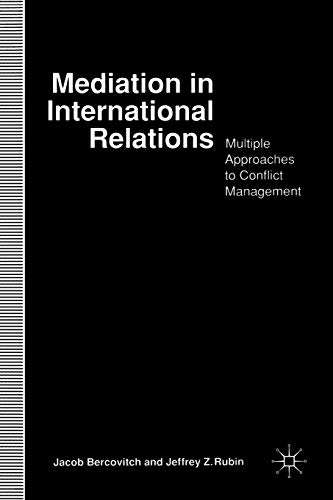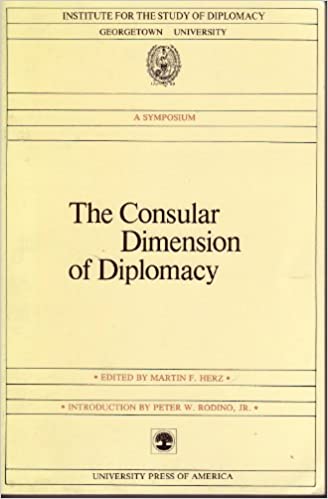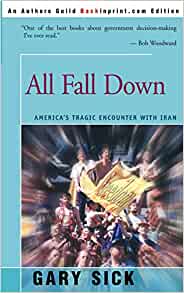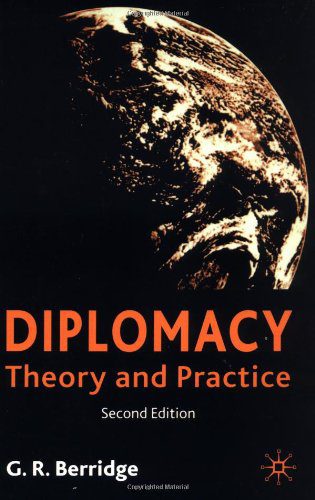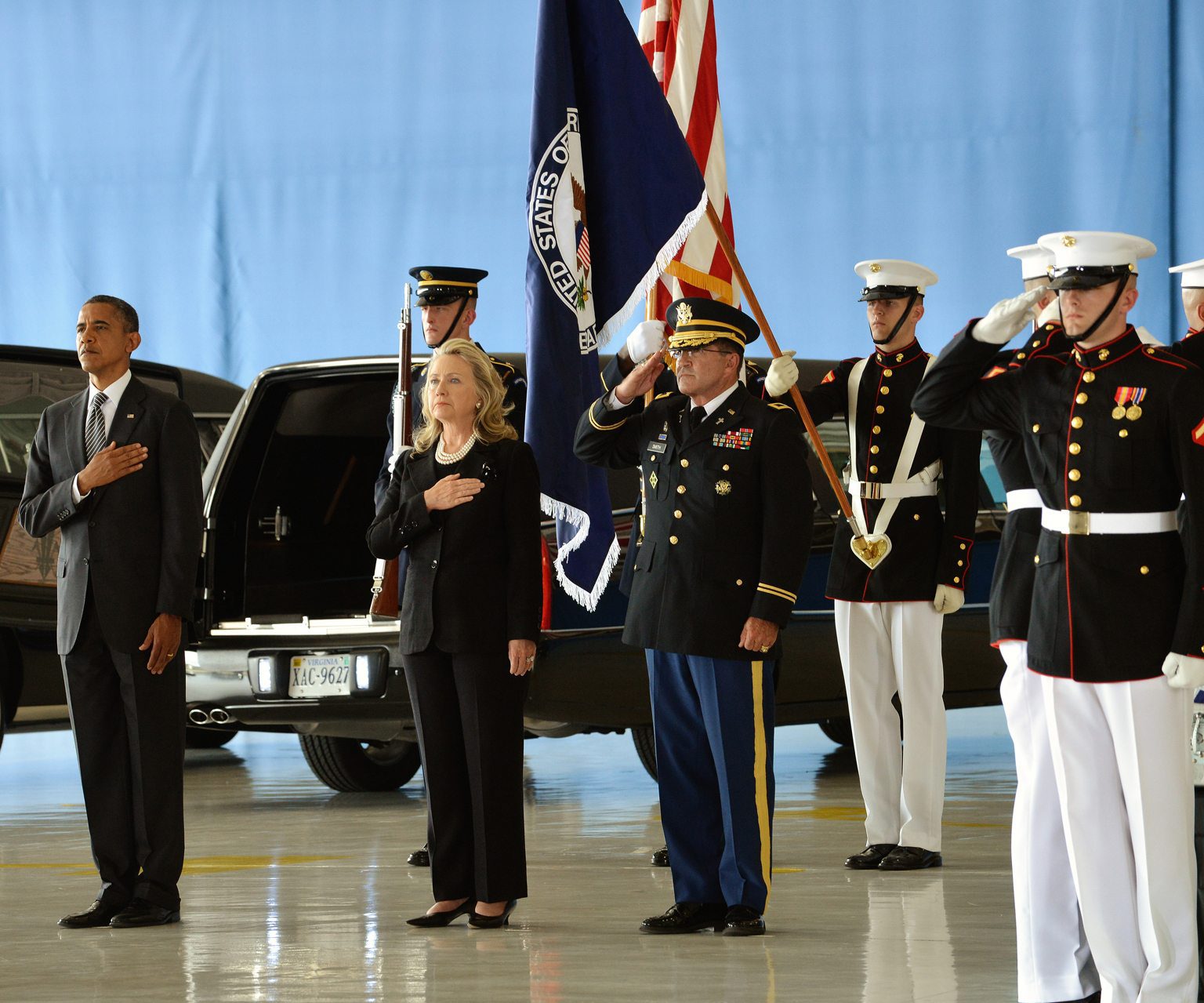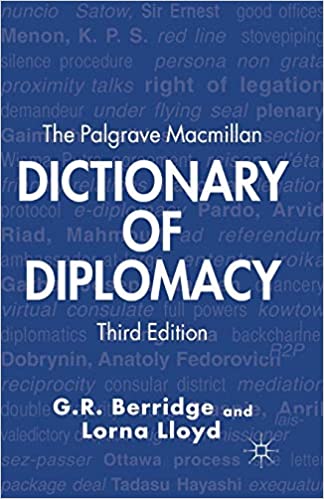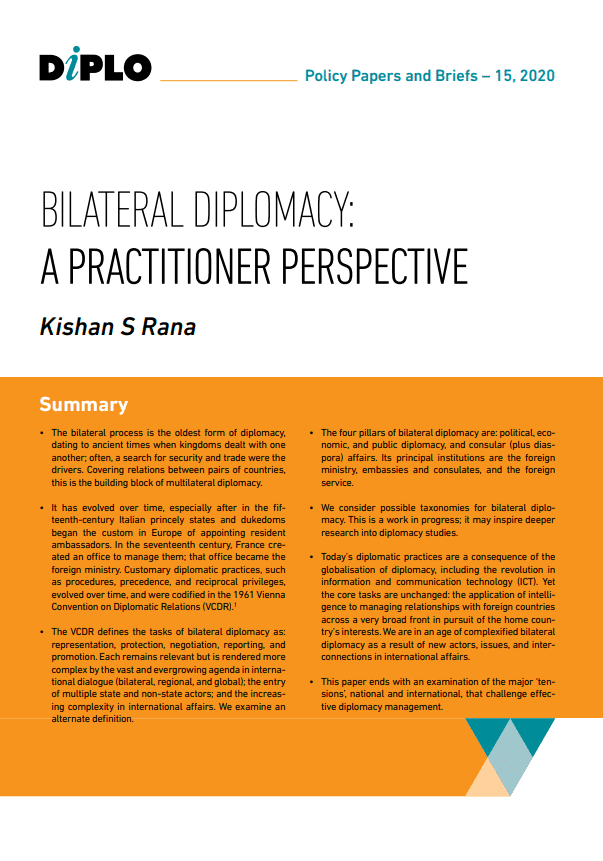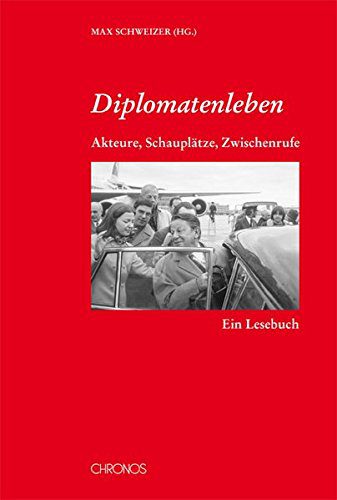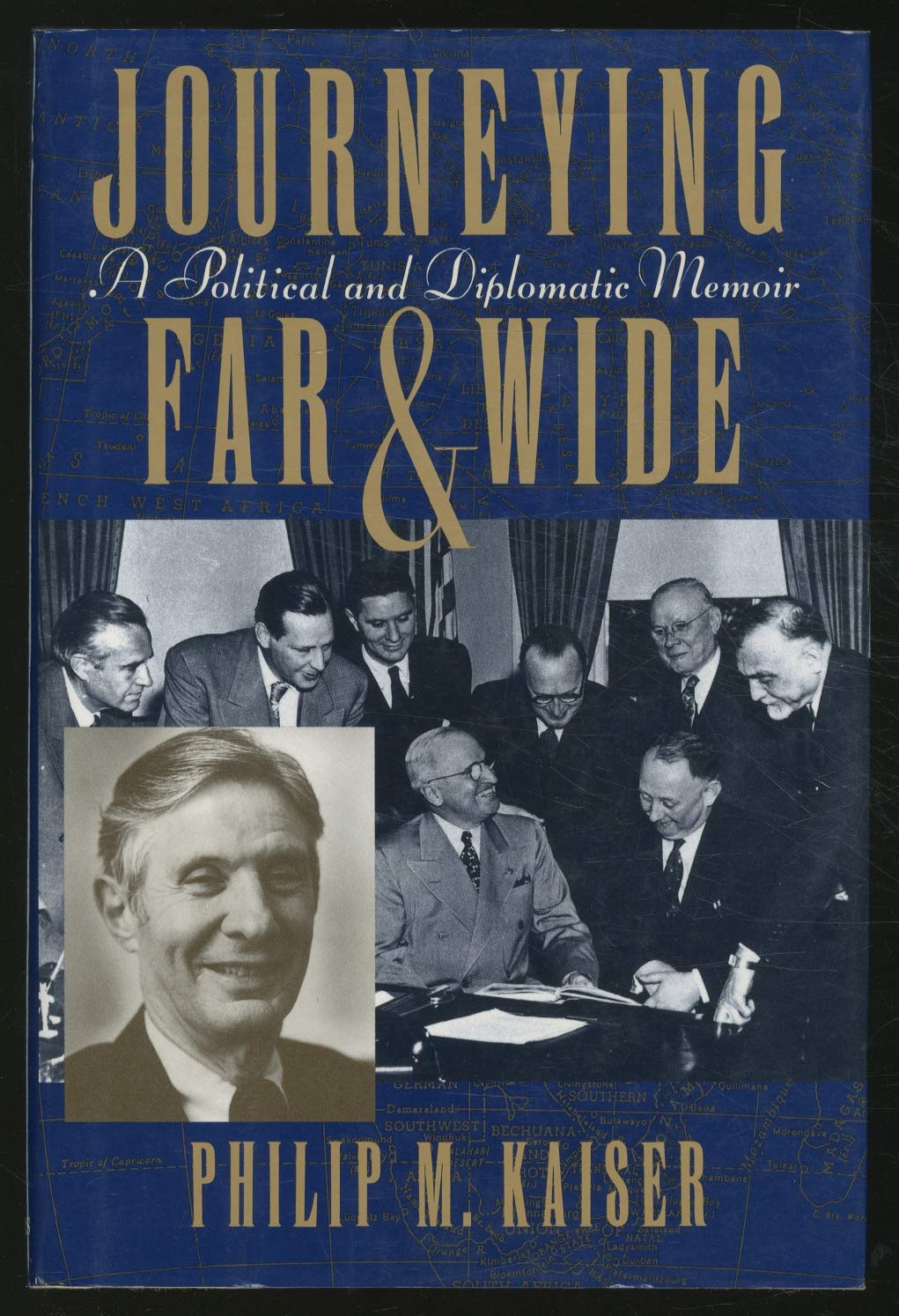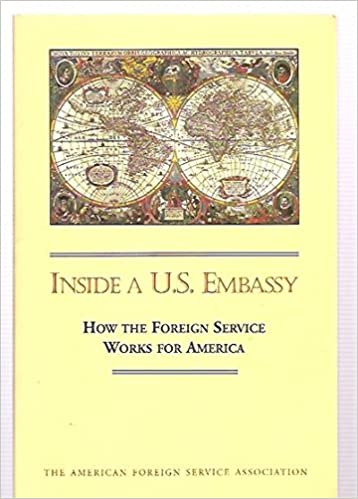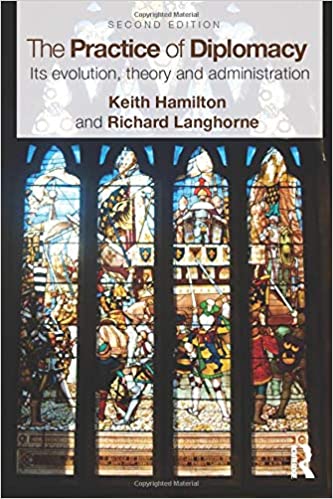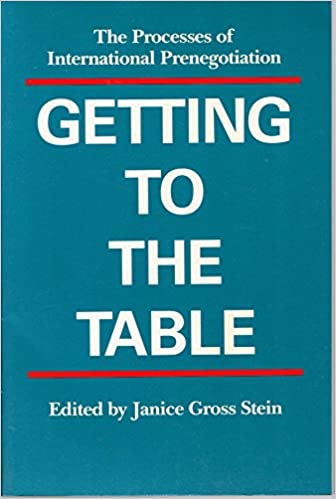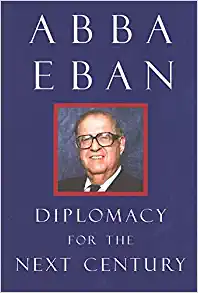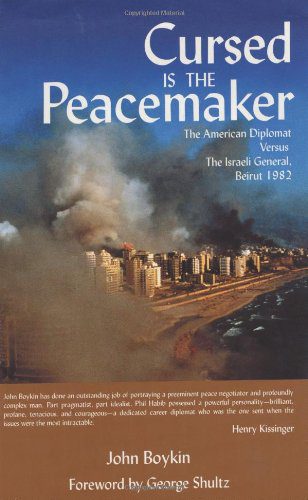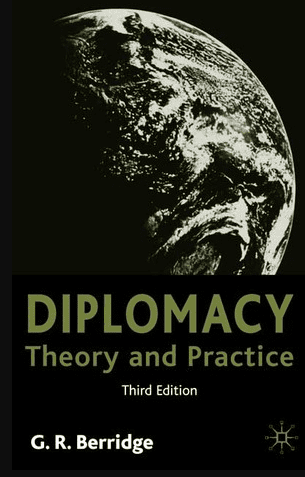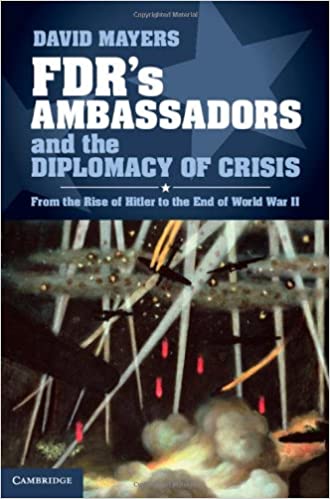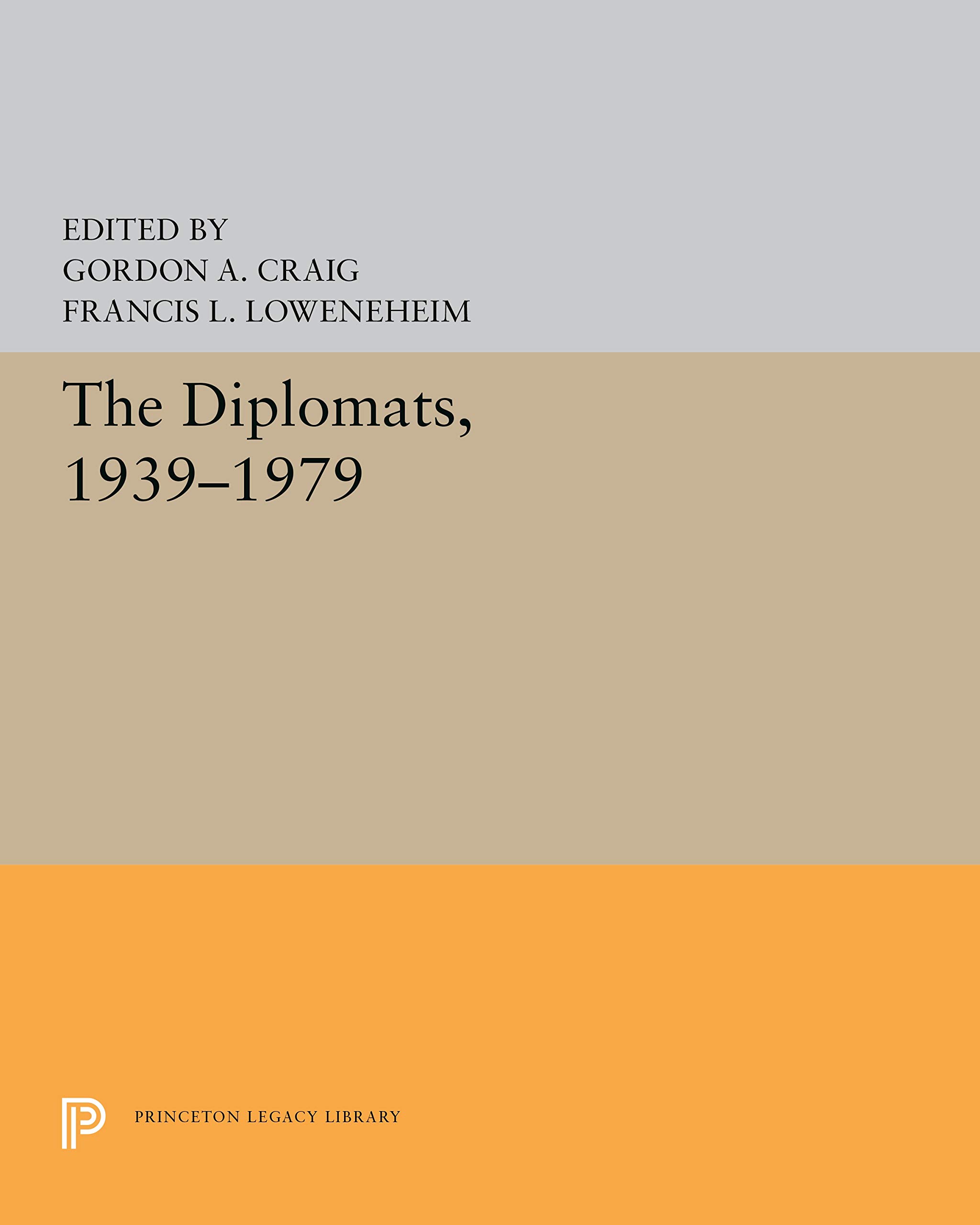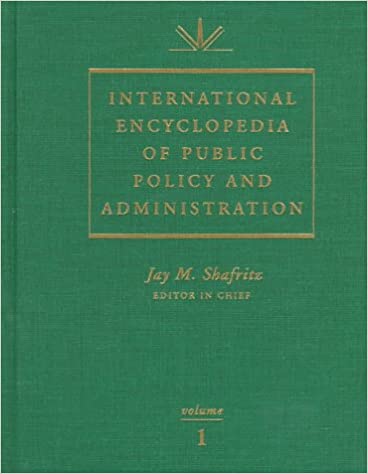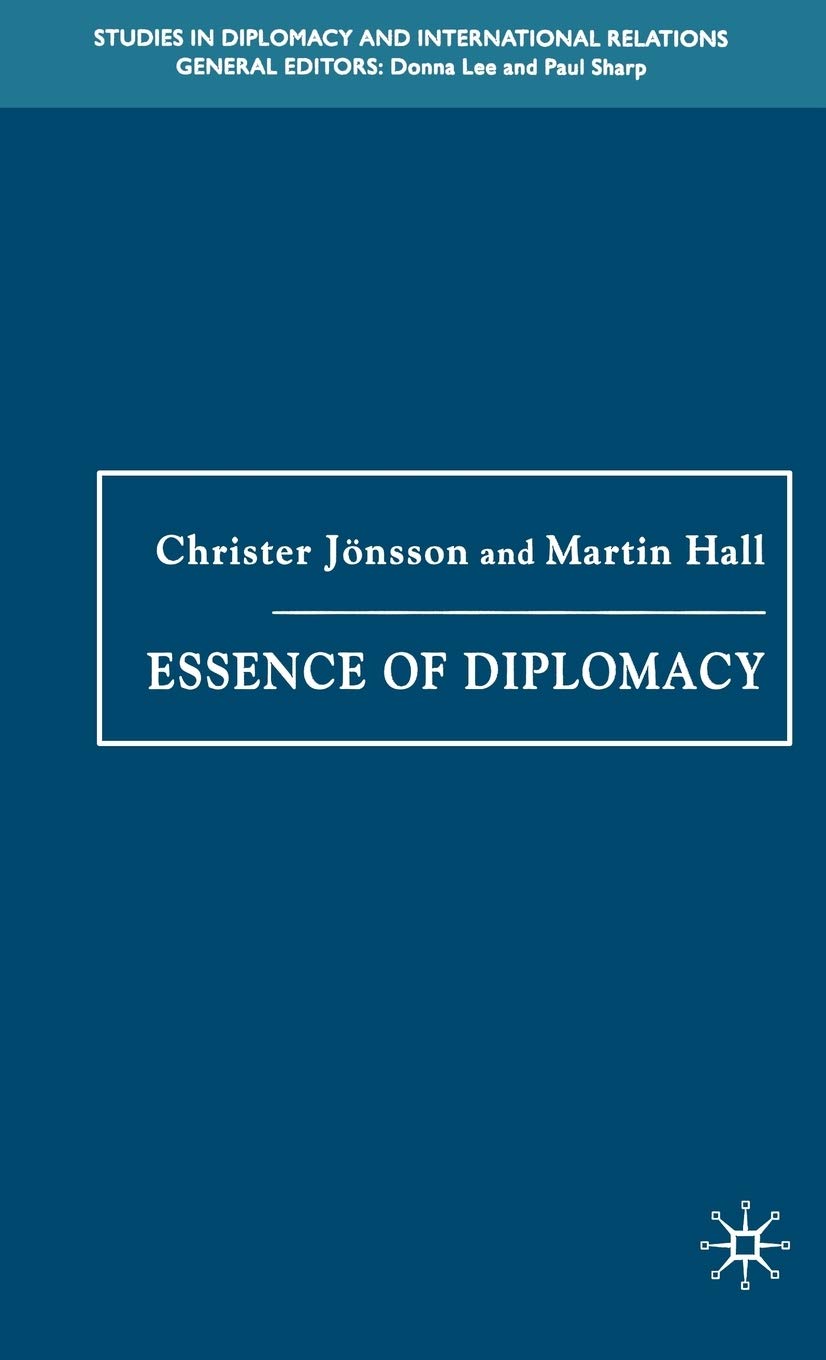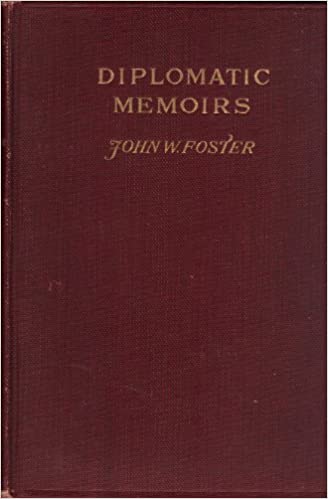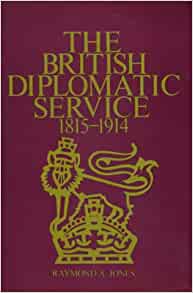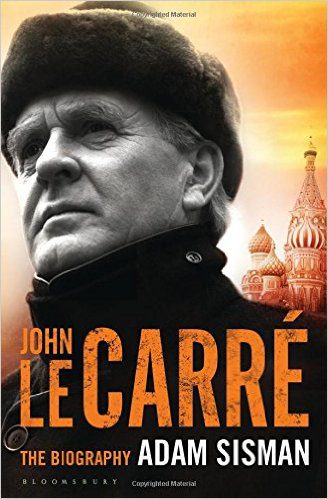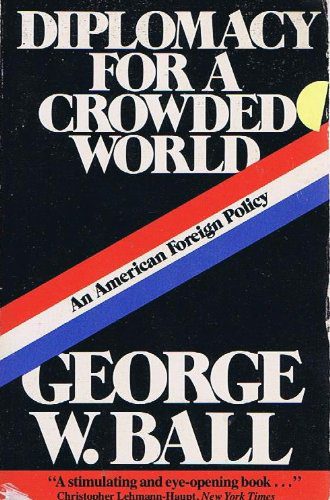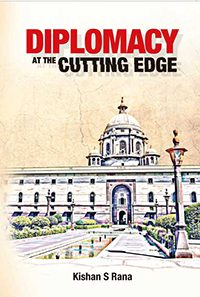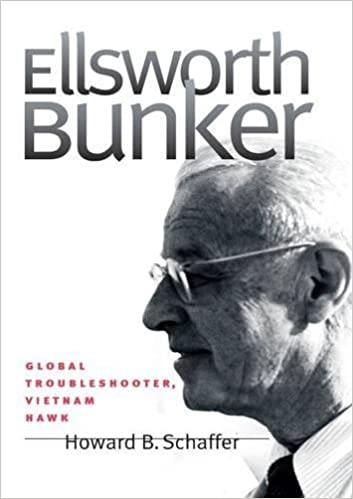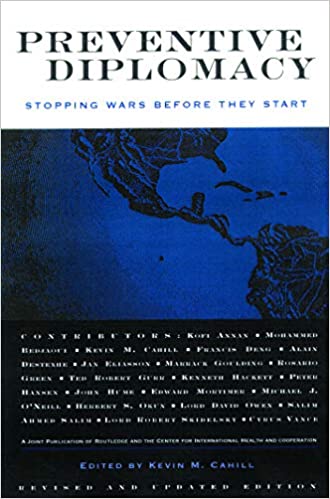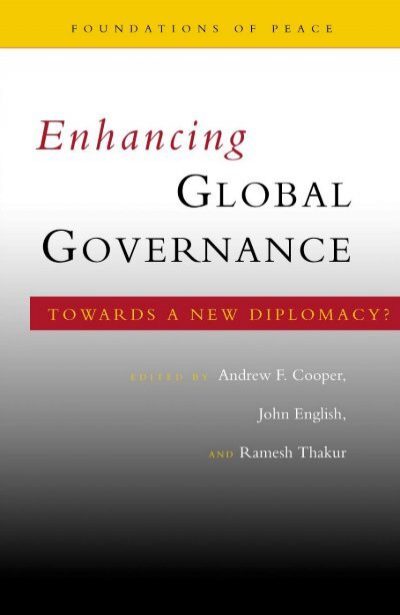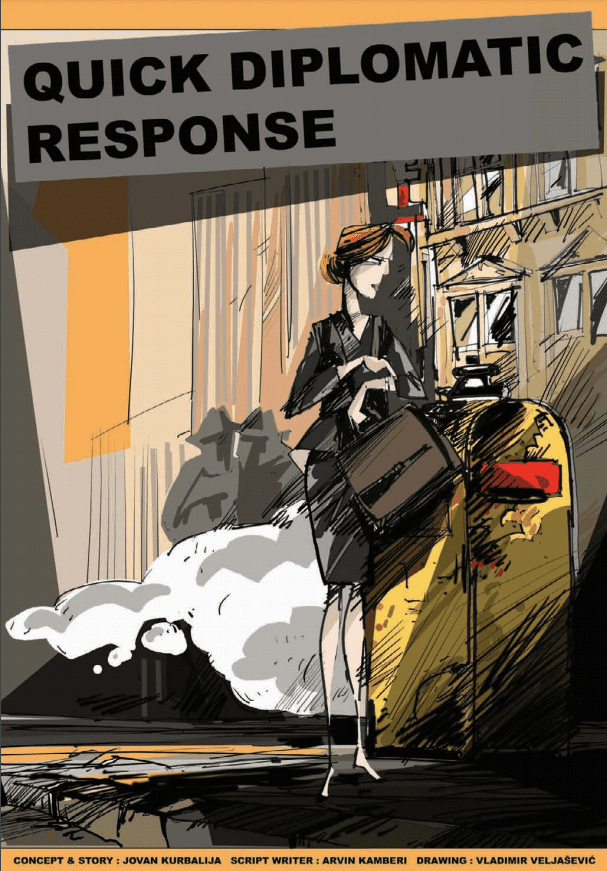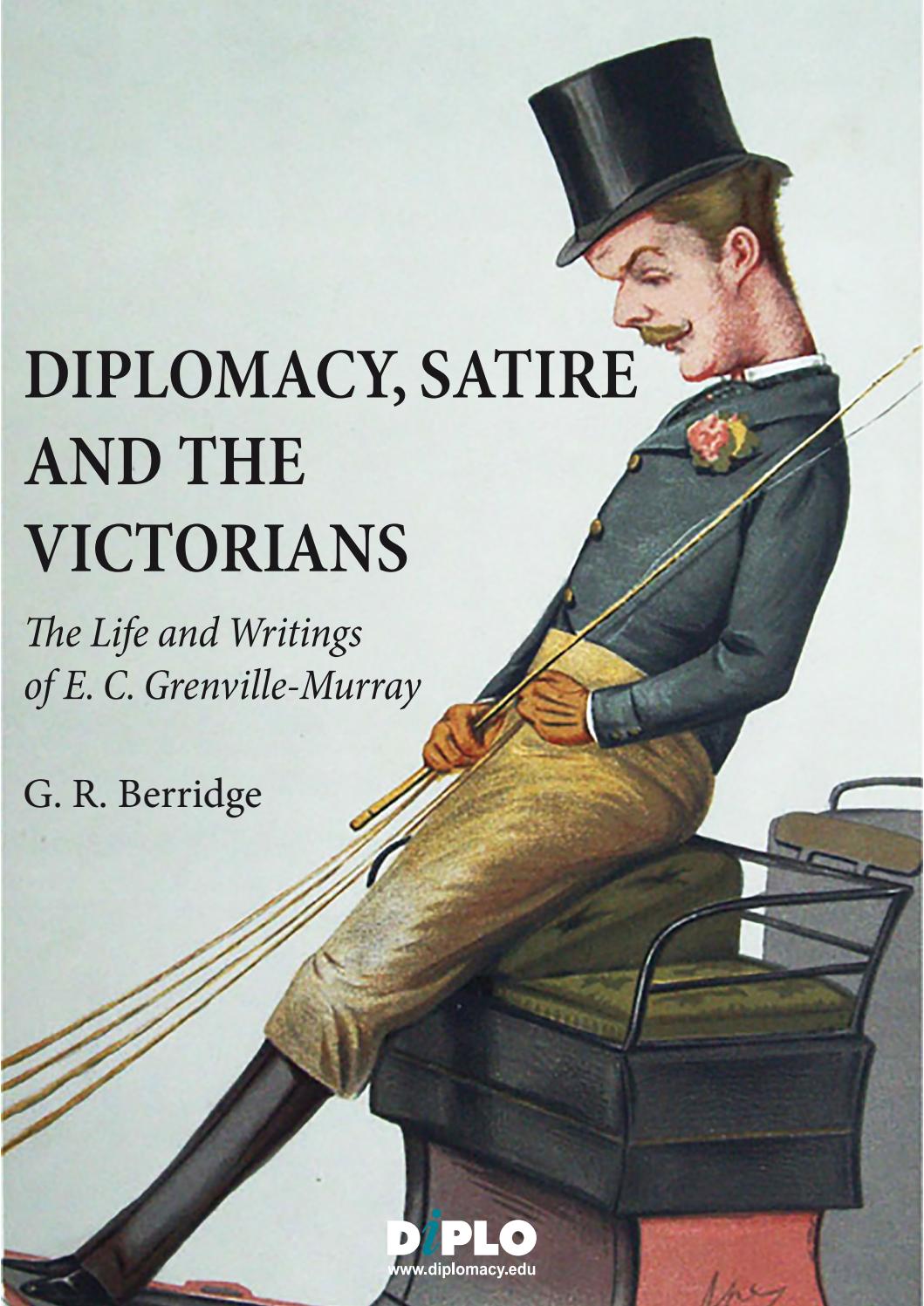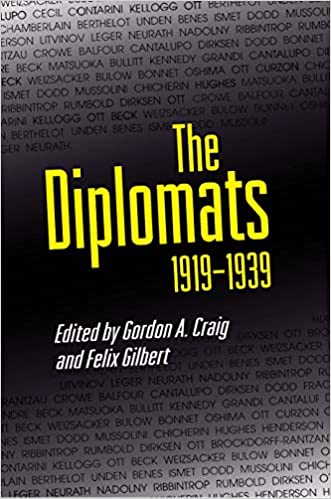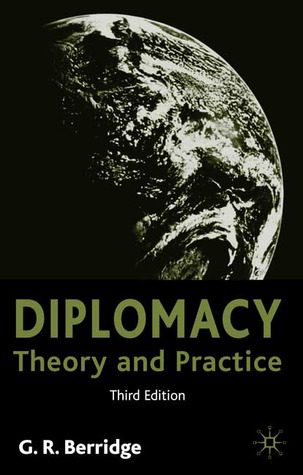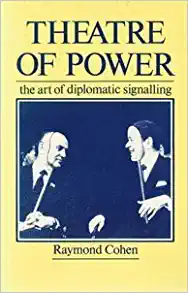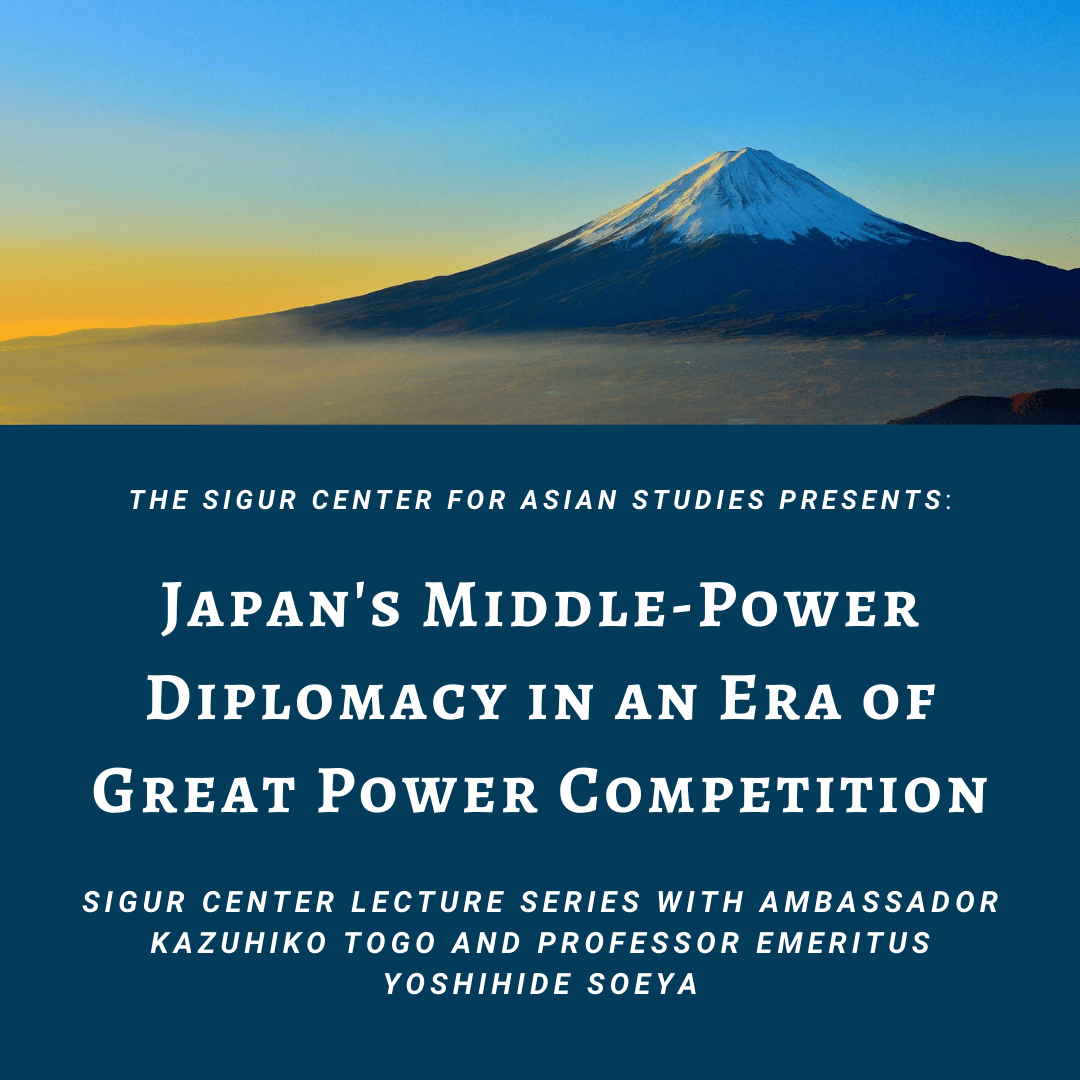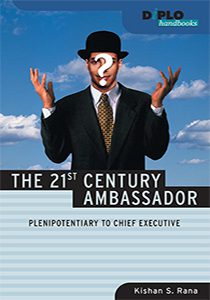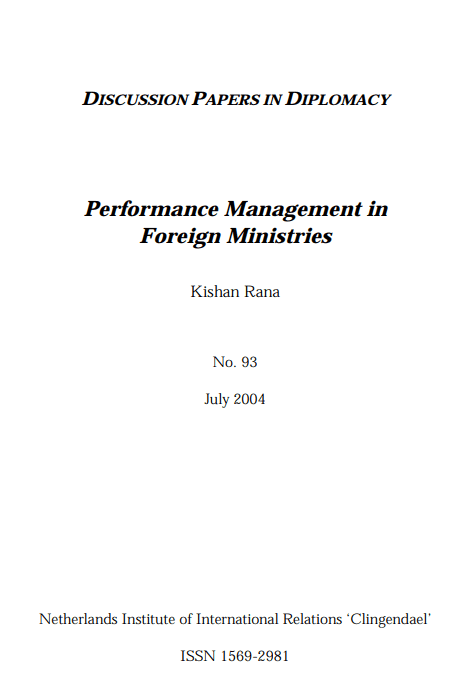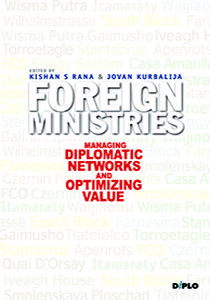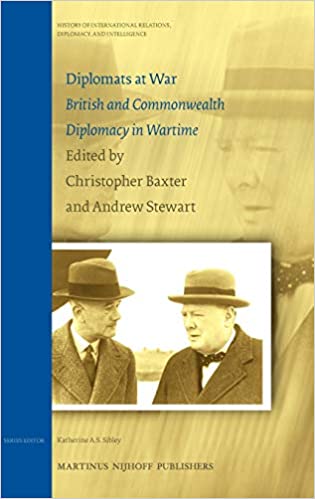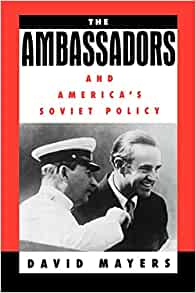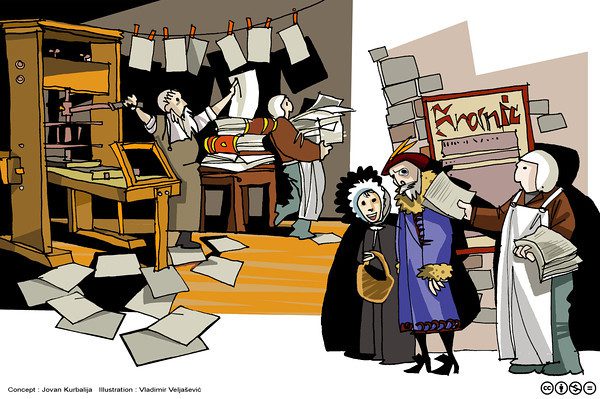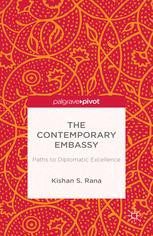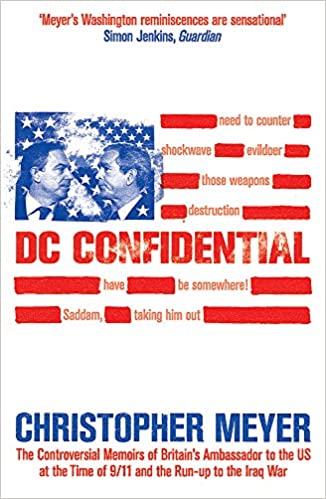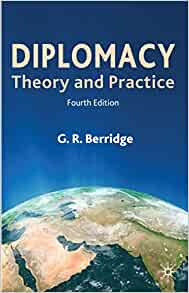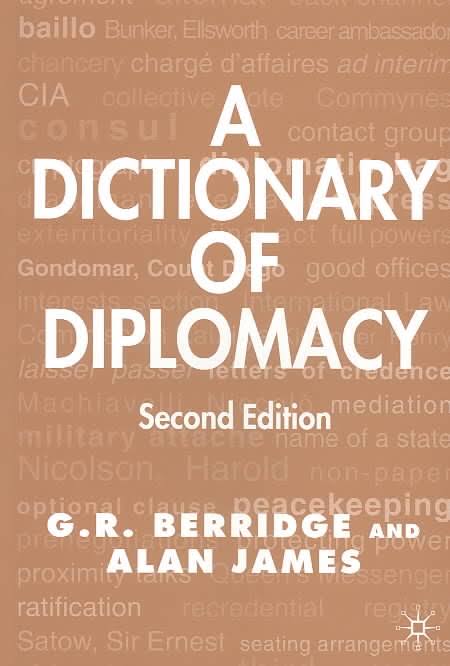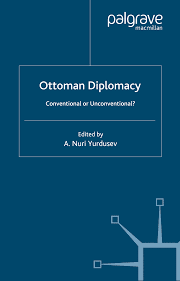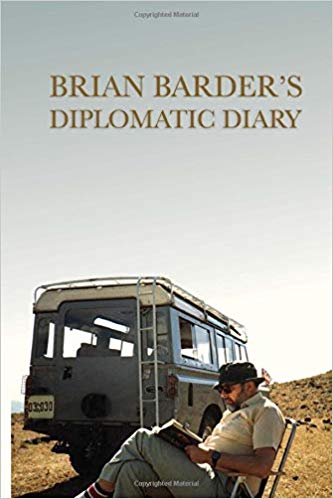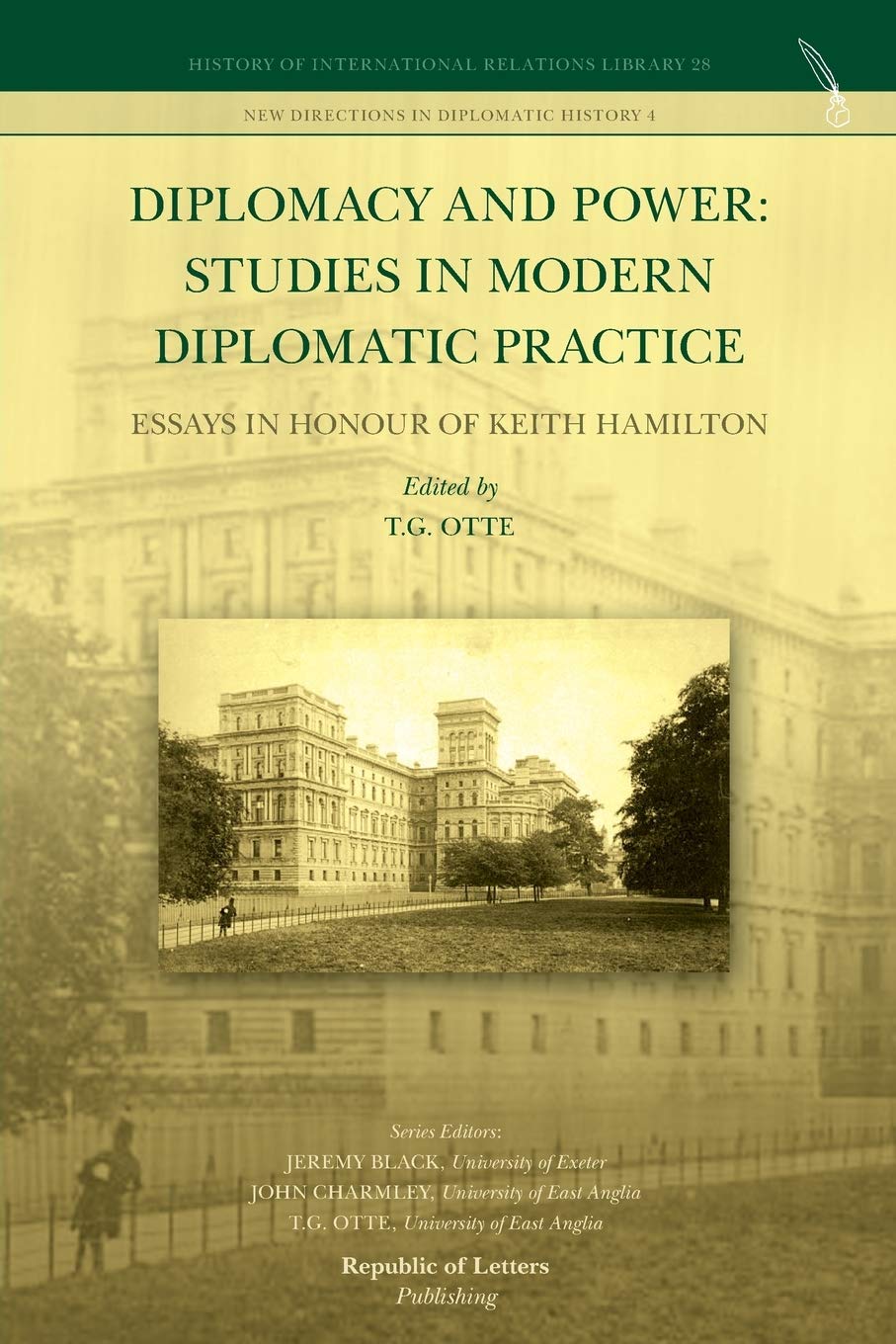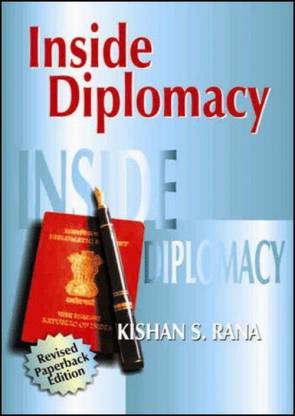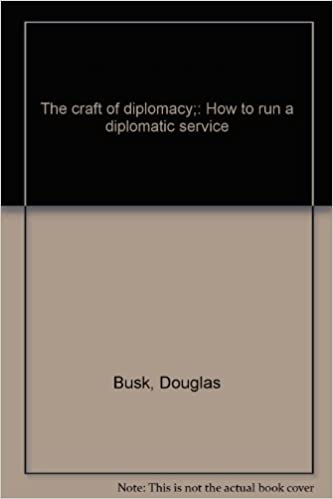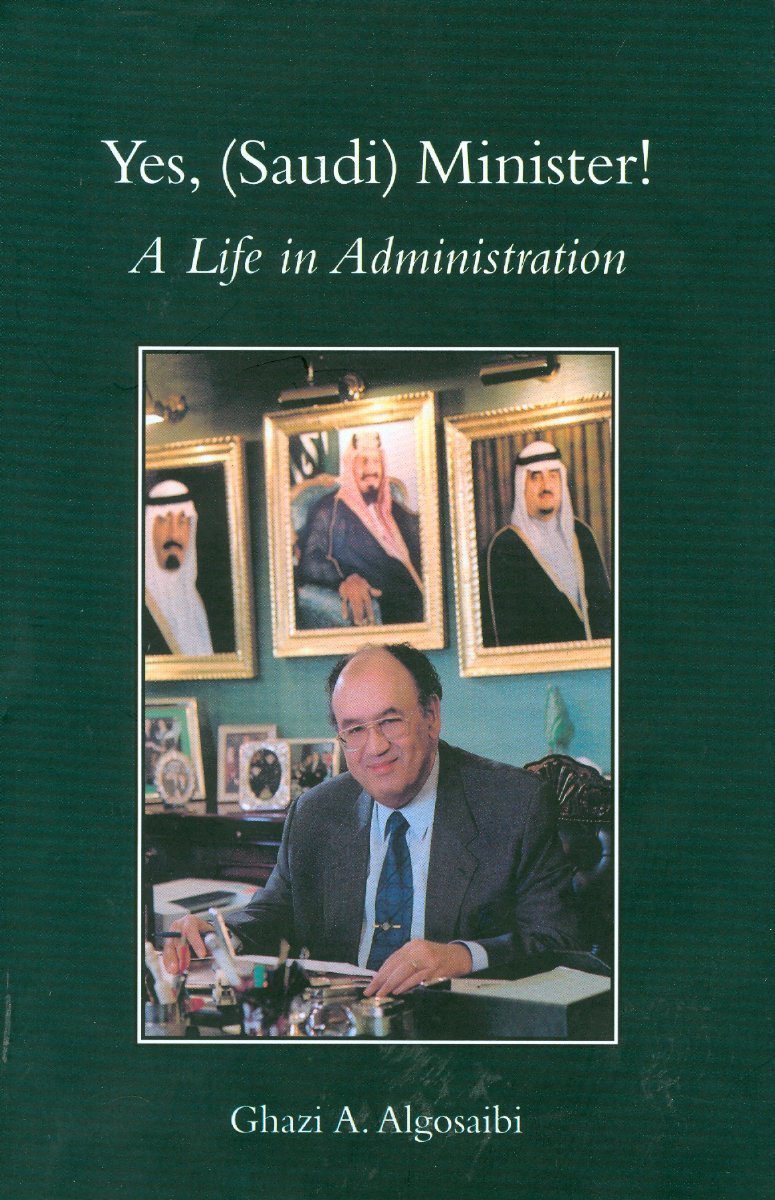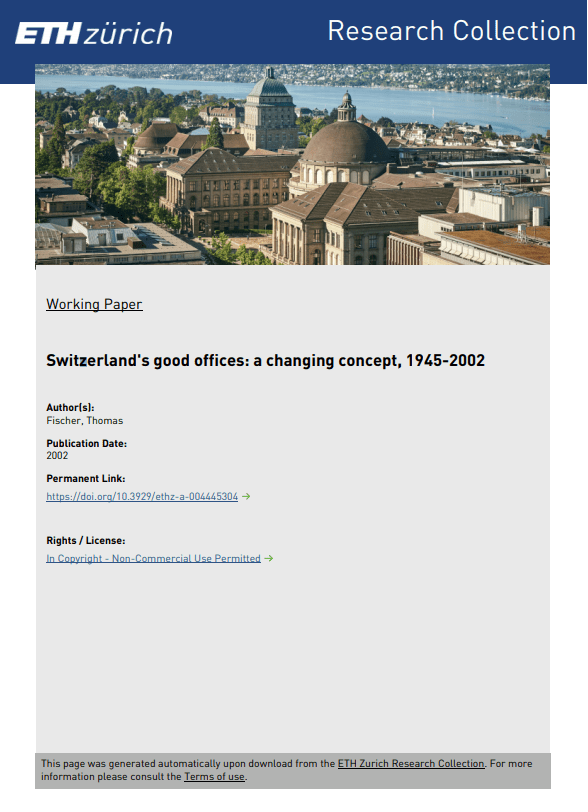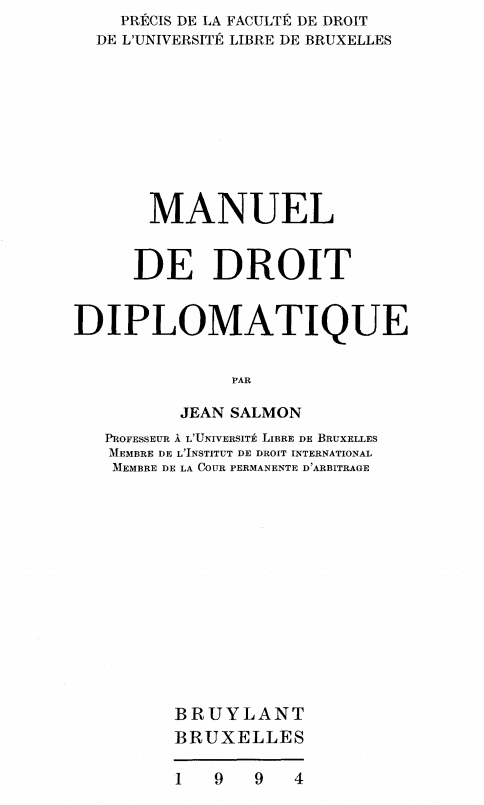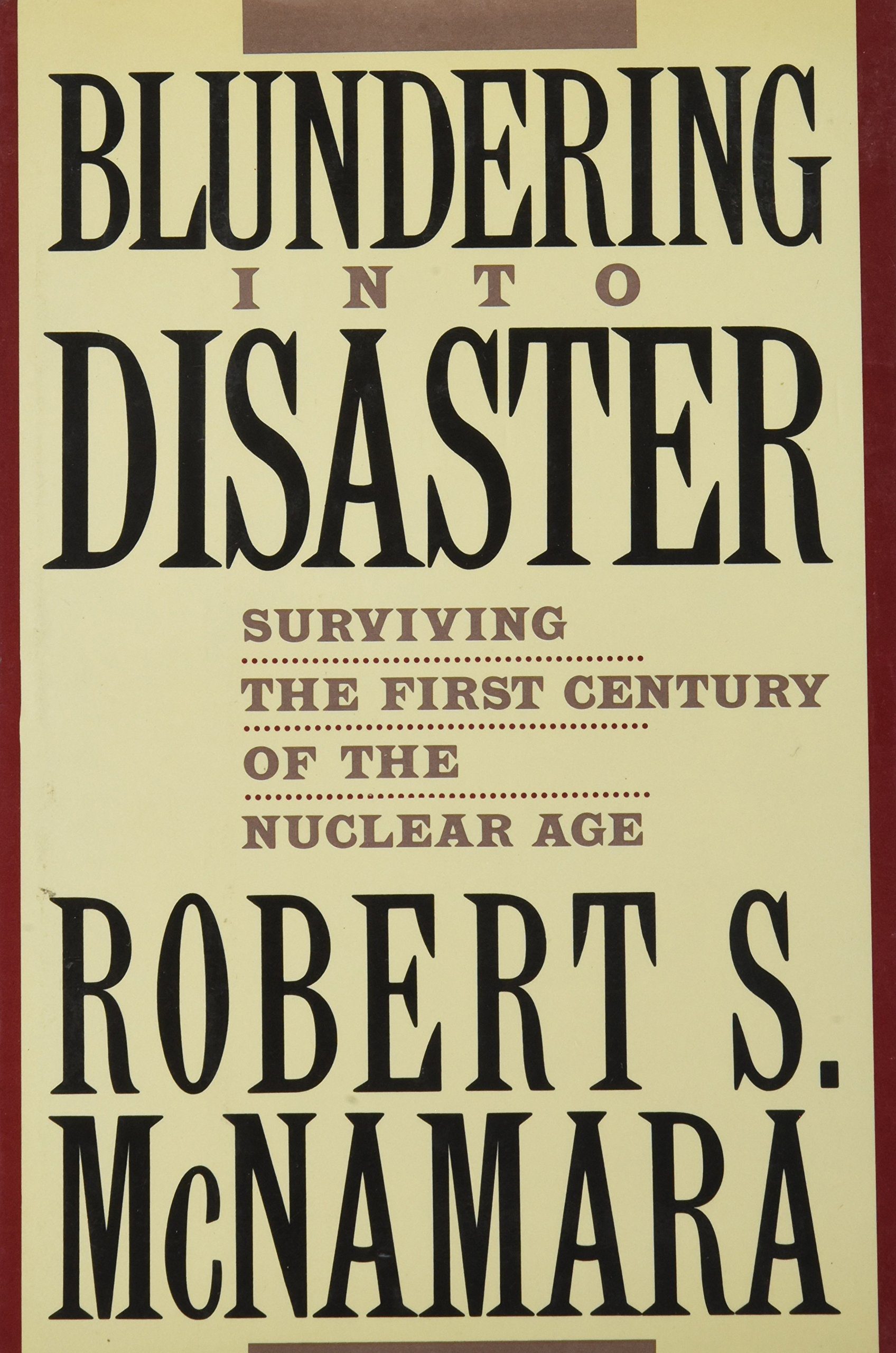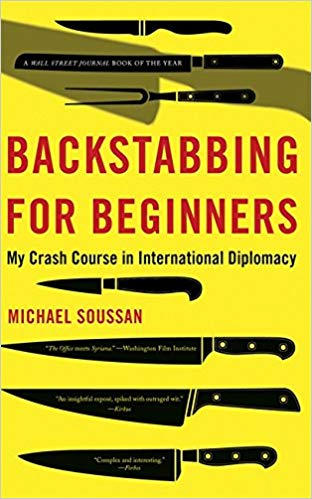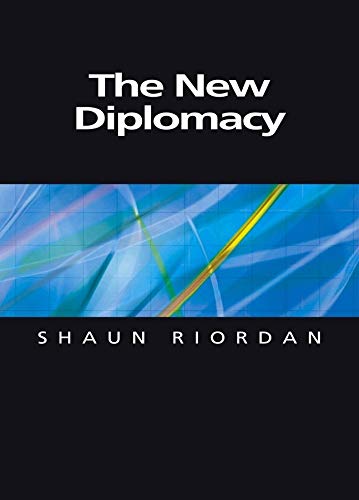The Bhagwad Gita, one of the sacred texts of the Hindus, consists entirely of the battlefield dialogue between Arjun, the noble warrior, and Krishna who has taken on the role of his chariot driver. An epic battle is about to commence and Arjun is torn by doubt, whether he should engage in the fight. He wonders if it is not better to let the adversaries, who are his half-brothers, take over the kingdom. Krishna then guides him in an extended discourse on righteous action, the choice of which must come from within each individual, in the exercise of the full faculties of the individual’s own “mind” or intellect. Krishna tells him that this method will lead the individual to the correct choice of action, which he describes as “action without attachment”. During the long dialogue, Krishna narrates to Arjun the qualities of an “ideal person” and in one notable verse,1 he describes the attributes of good speech.
In two terse lines, heavily laden with meaning as typical with the Bhagwad Gita, Krishna offers timeless advice on how one should speak, advice that also seems well-suited to diplomacy. Good speech should be marked by the following qualities, in ordered priority: it should not disturb the mind of the listener; it should be precise, with correct use of language; it should be truthful; if possible, it should be pleasing to the listener; and again if possible, it should be of utility to the listener.
Truthfulness is not presented as the highest virtue, over-riding other qualities. Rather, premier place goes to the requirement of not causing distress to the listener. Precision and good linguistic craftsmanship are rated as another high quality. Then comes truth. Are these not features that qualify as a good diplomatic dialogue method?
The ancient Indian sage Manu transcribed the above advice in a few pithy words that a good diplomat might easily accept to his advantage. Manu declared: “Speak the pleasant, but not the untruth; speak the truth, but not the unpleasant.”
I propose to look at the subject of language, and particularly signaling, from the perspective of the ordinary pursuit of diplomacy, including the kind of situations commonly faced by diplomats in real life conditions. Compared with the high drama of major international events that may subsequently become case studies and objects of research by historians, some of the situations I describe are banal, perhaps even boring. My excuse for dwelling on this dimension of the subject is that these constitute the vast majority of circumstances that make up the work of diplomats. They provide a setting in which we may observe the interconnections between language and diplomacy, from the particular perspective of signaling.
SOME PRACTICAL EXAMPLES
Language is the common, and one may say the dominant, medium of diplomacy, while signaling may be verbal or non-verbal. How do they figure in the practical work of diplomacy? Some examples are offered.
A) There is a frequent tendency to shade meanings, to avoid or overlook the word or phrase that the diplomat reporting back to his headquarters knows will be ill-received. Taken by itself, the action seems minor, hardly worth any mention. But when many such actions of avoidance and dishonesty in feedback are taken together, they multiply in significance and can occasionally add up to a devastating distortion, one that no one may have anticipated.
I offer an Indian example, only because of personal familiarity. In reality most of us can recall similar instances from our own memory banks. In 1995 India decided to contest for one of the elected seats to the Security Council, and while there was a change of government early next year, the new government maintained that decision, for the election that was to be held towards the end of the UN General Assembly session of 1996. The only problem was that Japan was also in the contest for the same seat. The entire diplomatic machine was mobilised to lobby for support and special emissaries were sent out around the world. Having retired in mid-1995, I was not directly involved, but I recall well a conversation in early 1996 with a senior colleague directly handling the issue. I urged graceful withdrawal, since it seemed inconceivable that we could win this particular global contest against a determined Japan. On the other hand withdrawal would win huge credit and “face” from this major Asian partner. Of course, mine was a complete minority view at the time, since most colleagues were stimulated by the fray and committed, perhaps excessively so, to winning. That particular colleague replied that their “objective” assessment of support indicated 80 firm votes, plus a good handful as “probable” and leaning in our favor. And if we could block Japan in the first round, many more votes would swing to us in support. In the event, when the election took place in November 1996, India lost overwhelmingly, by 142 votes to 40.
How could assessment go so completely wrong? Perhaps because some diplomats, those at the Permanent Mission in New York, plus some on post in our 115 missions, and the others sent as emissaries, had shaded their reports. Some had evidently not fully conveyed replies given by different countries to their demarches seeking support. And probably, partial selection of the language used by others was further distorted by wishful thinking.
Dispassionate, objective reportage is not easy, the more so when one’s own expectations are tied into the issue. When we analyse major miscalculations that nations have made on much bigger issues of war and peace, similar misinterpretation of language has often been one of the distorting factors. This makes the dictum “honesty in reportage” so valuable in real diplomacy.
B) Another instance relates to the way sometimes the spoken word is sufficient, and at other times it has to be backed up with written communication. I was once involved in a delicate request advanced as a matter of urgency by a friendly government. The issue was such that there was no time to await a written communication, and while on our side we acted very promptly and delivered on the request, the evolution of the ground situation in the foreign country made our help unnecessary. At that point the friendly government developed selective amnesia, and left me wondering at my un-wisdom in not demanding a written communication, at least as a follow-up to the oral request.
In contrast, a senior colleague described once the way in which in the late 1970’s the entire India-US negotiation on the use of the very large “PL 480” funds was handled. These funds had accumulated in India, as local Rupee “counterpart” or payment for the several million tons of wheat and other food-grain that the US had supplied to India during the severe drought years of 1966-68. The entire negotiation was conducted orally, spread over several months. Once agreement was in sight, a written document was prepared for the first time, for smooth mutual acceptance, and signature. That is not a standard prescription for negotiation, but it can work if there is considerable mutual trust and the issue is one where there is strong convergence of interest.
C) In glaring contrast, dealings between the same two partners in the lead up to, and during the 1971 Bangladesh War, were marked by a glaring lack of rapport. It would be recalled that in early 1971, brutal repression in what was then East Pakistan led to an exodus of about nine million refugees into the neighbouring areas of India. India’s efforts to get the major powers to get Pakistan to end the repression and to take back the refugees produced little result, and the situation escalated. The crisis was compounded by the liberation movement of the Bangladeshis, and culminated in war in December 1971. The limited Indian objective was freedom for Bangladesh and return of the refugees. After barely two weeks of conflict, events drew towards a surrender of the Pakistan troops in the East, and the declaration of an independent Bangladesh. As events were moving to this climax, the US sent the aircraft carrier “Enterprise” into the Bay of Bengal, as an overt signal to India to end the hostilities.2
The threat symbolised a huge failure in understanding between two major democracies. From an Indian perspective, not only had the US not grasped the gravity and nature of the crisis in the region, but also it had also failed to comprehend, or distrusted, the limited objective that India was pursuing. In the event, India declared a unilateral ceasefire with Pakistan and ended all hostilities, within 24 hours of the surrender of the opposing troops in East Pakistan, which then went on to become Bangladesh. Many Indians have felt that the language of the threatening gesture was singularly inappropriate, even gratuitous.
D) During these Bangladesh events, serving as First Secretary (Political) in the Indian Embassy at Beijing, I had opportunity to witness first hand the way in which astute communications, and precise signals, were used to manage well our complex relationship with China. Notwithstanding a situation of bilateral tension that had continued since our Border War of 1962, and China’s support to Pakistan, with clarity of language and of intent, we conveyed to China the limited objectives that India was pursuing. While there was no lack of pyrotechnics in the reaction in the Chinese media, and in official statements as the situation escalated, China scrupulously avoided direct entanglement. From our perspective that episode served as a good instance of diplomatic management in difficult times. It also demonstrated that strong language unmatched by action conveys its own message.
E) Language is the medium of negotiation. It conveys ones own ideas and concepts, and offers the means of understanding the thoughts and expectations of the other side. Precision is of obvious importance. It is not an abstract concept, but judged by the yardstick of being understood in real situations. So comprehension also enters into the equation, in both directions.
THE PRESENT CONTEXT
Let us now turn to some aspects of language and signaling in today’s diplomatic world. The setting in which foreign policy and diplomacy operate in countries has changed drastically, first, through the entry of multiple state entities into the diplomatic process in each country, overcoming the former exclusive role of the foreign ministry, and second, by the entry of non-state actors into the external relationships of each country.3 There are other changes as well, all of which can perhaps be summed up in a single word, “democratisation” of the process and its actors. This means that there are many new players, who do not know the old syntax or style, using less subtlety and more direct language than before.
A) Unlike the classic age of diplomacy, the period up to and immediately after World War II, when the number of nation states was barely one fourth of today, and most of the players had similar upbringing and mindsets, there is infinitely greater diversity now. Even while a single vehicular language dominates as the medium of discourse, the levels of language competence, both in the spoken word and comprehension, vary greatly. There is no certitude that direct communication will always be understood as intended, much less a subtle signal. This demands greater care over how one uses language, and greater sensitivity on how one is perceived by the other side. It is not at all clear that this point is truly addressed in diplomatic training.
B) Increasingly complex economic, environmental and other technical issues emerge in the international dialogue. Often code words summarise such issues, and phrases like “fair trade” and “social standards” are used to mean things that are far removed from the literal meaning of the words. Those who are sharper at shaping these words, and in capturing the deeper concepts behind them, seize the high ground in the debates, and have the capacity to dominate. In practice these are mainly the Western powers. This demands from other countries much alacrity and an ability to come up with equally persuasive word-formulas. This is not an easy task when the leading global media organs, which give currency to code words, are also predominantly from the same set of countries.
C) From the days of Woodrow Wilson, the notion of open diplomacy has been a chimera. We offer openness as an absolute and desirable value, one that is equated with democracy, but ignore the reality that complex issues are usually impossible to resolve without confidentiality. We learn repeatedly that openness becomes a serious obstacle to accord.
There are situations where the declared public position becomes the negotiating position, because flexibility is lost, and combative internal politics makes it impossible to carve out concession or compromise from hard public stance. Example: former Israeli Foreign Minister Abba Eban has narrated how a private initiative by a Norwegian sociologist in 1992 led to the Oslo Agreement between Israel and Palestine, when the US locked itself into a “no contacts” stance vis-à-vis the Palestinians.4 In my own country we have repeatedly seen that hard line public stance on external issues, tends to become the negotiation position as well. In effect, “feedback” from the hard stance, and compulsions of domestic politics, lead to harder language and a foreclosing of options.
D) Language also affects the dialogue in a completely different way. It produces sometimes in diplomacy an infatuation with words that becomes a substitute for action. This is visible in its most acute form in the UN General Assembly, where vast effort is expended on multitudes of resolutions that have little import or prospect of action. The Non-Aligned Movement and G-77 in defending the position of the South in the debates with the North display the same tendency. Much time is taken up at some conferences over drafting of documents that unfortunately have little intrinsic value. And as someone from a developing country, I would suggest that this preoccupation and mindset has prevented us from stronger engagement with the North on the do-able tasks and on real issues that affect us, individually and collectively.
DIPLOMACY & CROSS-CULTURAL UNDERSTANDING
It may have been the influence of classic diplomacy, which in some ways is perhaps still practiced among Western powers, that precluded a stronger role for cross-cultural studies in diplomatic training. It was assumed that the rules of discourse, the language and the signals were sufficiently homogenous, to make such adaptation to one another unnecessary. But the reality today is very different, and the meaning of words and gestures is not the same the world over, even among the charmed circle of diplomacy practitioners, to say nothing of the general public at large. A simple example: when an Indian shakes his head from side-to-side in a slightly rolling motion, he is expressing emphatic agreement, not dissonance. For disagreement he has a sharper side-to-side headshake! Some of the wider consequences are:
A) Sometimes signals are too subtle to be picked up by interlocutors. Diversity of cultures and languages suggests for diplomacy practitioners more directness and less resort to indirect signaling in dealing with non-homogenous interlocutors.
B) It can happen that signals are distorted by other cultures, when the signal comes across differently in another setting. Example: at the May Day parade at Tienanmen Square in 1970, Chairman Mao conveyed a conciliatory signal to the Indian Charge d’Affaires, shaking hands with him and remarking that the two countries should not go on quarrelling. It was the first personal bilateral gesture from Mao in over a decade. Barely days later, while the move was under evaluation, someone in Delhi, perhaps with pro-Soviet tendencies, leaked the news to the media where it was trivialised in headlines as a “Mao smile”, and the value of the signal was lost. It took some years of quiet effort by both sides to move even to the first step to normalisation, through the return of ambassadors in the two capitals in 1976.
C) In different environments, body language, signals and even the mode of conversation are different. Is the classic diplomatic style adequate to deal with such situations, or should some adaptation be carried out? There is no clear answer. For instance, during dialogue the Japanese distinguish between outward appearance, or “surface communication” and the inner meaning or true intent of the interlocutor. No one would suggest that foreigners adopt the Japanese style when they negotiate in that country. But Japan’s method deserves study, first to comprehend what the Japanese partner on the other side is doing and thinking, and second because some of the concepts can encourage one to revisit one’s own notions and attitudes. One such is the notion conveyed in the word “honne” which stands for inner meaning, as distinct from the surface appearance. Is it not worthwhile to seek out the “honne” in all exchanges?
A decade back, when integration in the European Union forged ahead, management specialists advanced the notion of a “Euro-manager”, someone who would be personally familiar with the cultures of the major countries and integrate smoothly into the local scene, wherever he might be implanted by the transnational enterprise. It soon became clear that the notion was a myth, because the diversity was too vast to be mastered by the manager, in the sense of knowledge of the particularities of each nation and region. Nor did it make sense for him to become a master of cultural systems to be found in Europe. What he needed to function effectively across different cultures was an open mind, acceptance of diversity and a non-judgmental attitude towards the people he encountered. These are the same qualities that make good diplomats. The difference is that greater diversity today demands formal, and structured cross-cultural training.
CONCLUSION
As the Gita would say, let the language of the diplomat be non-abrasive, precise and truthful. And if possible, let it also be pleasing and beneficial to the interlocutor. Further:
The way language and signals in diplomacy are used needs empirical study to draw conclusions on usage and improved practices. It is useful to look beyond the West, at examples from around the world.
The contemporary context and setting of diplomacy need to be taken into account, to guide practitioners in improving their methods.
Cross-cultural skills cannot be taken for granted, as qualities that diplomats master intuitively. Formal training is essential.
ENDNOTES
1. Chapter 17, Verse 9. Most translations give a bare-bone version, and one needs to read a good commentary to get to all the nuances of meaning.
2. Henry Kissinger, then National Security Adviser to President Richard Nixon, who had a ringside view of these developments, has written an account that is fascinating, even if a bit sanitised in coverage of all the details!
3. A fine survey of the changed context within which diplomacy functions today is to be found in the book Foreign Ministries: Change & Adaptation, ed. Brian Hocking (London: Macmillian, 1999).
4. Abba Eban, Diplomacy for the Next Century (New Haven: Yale University Press, 1998).



